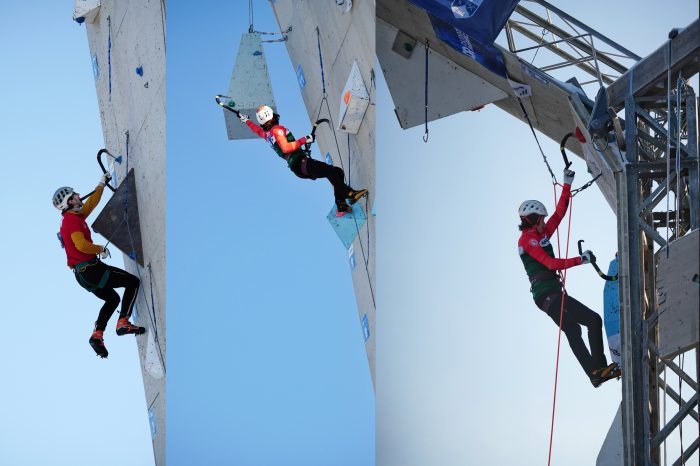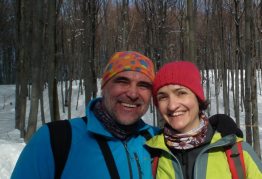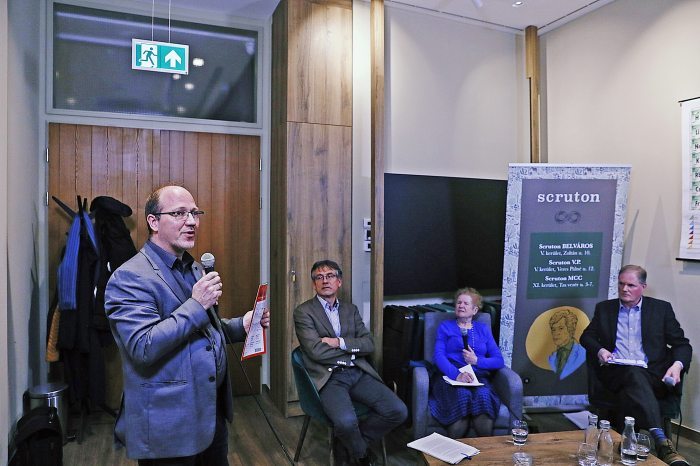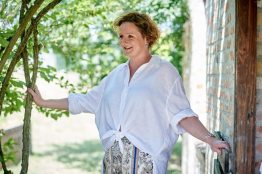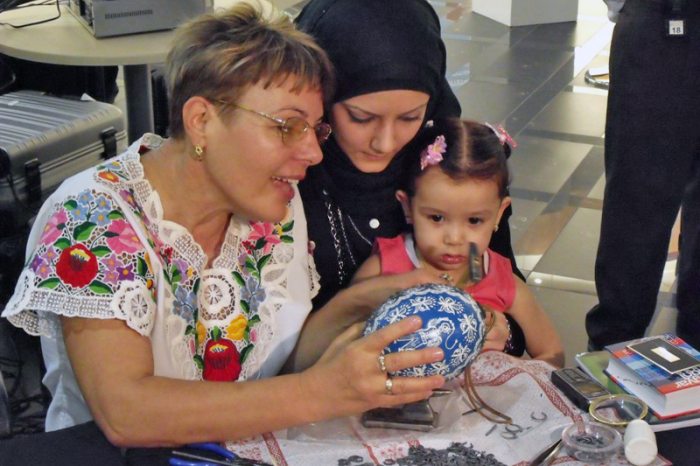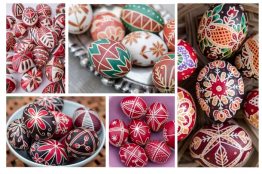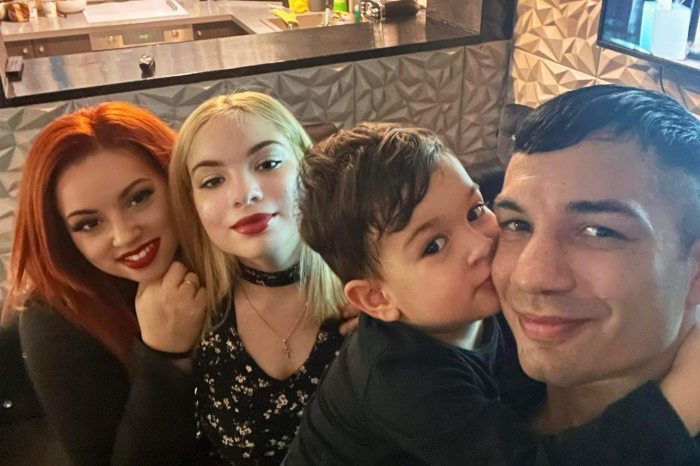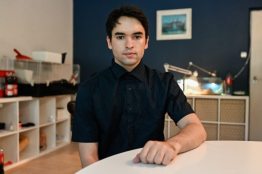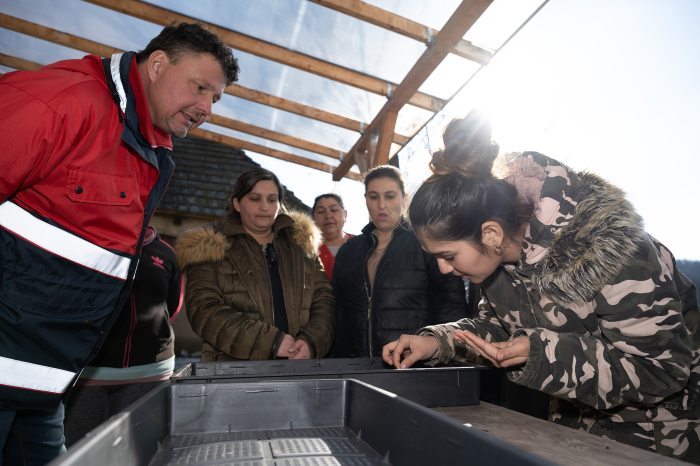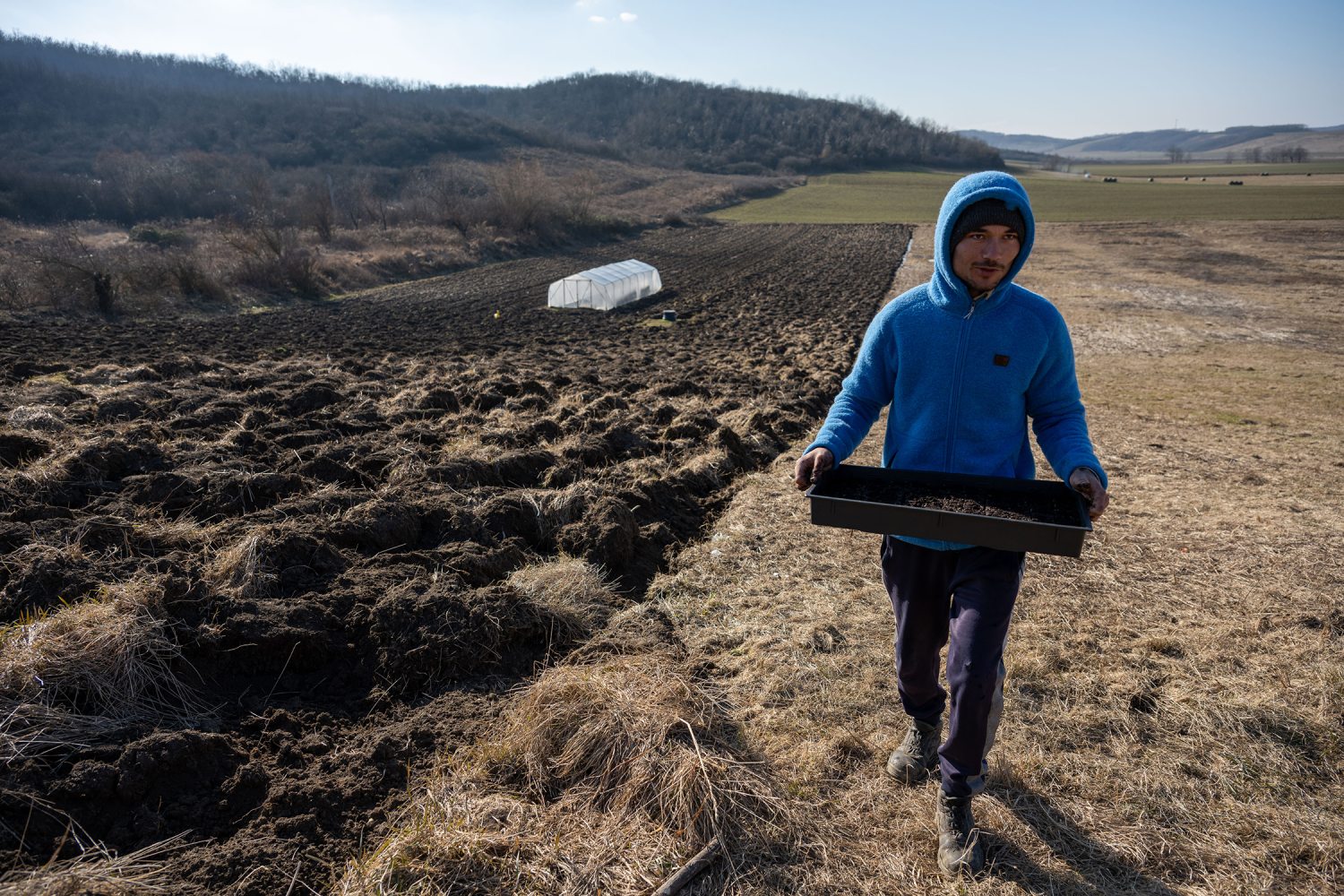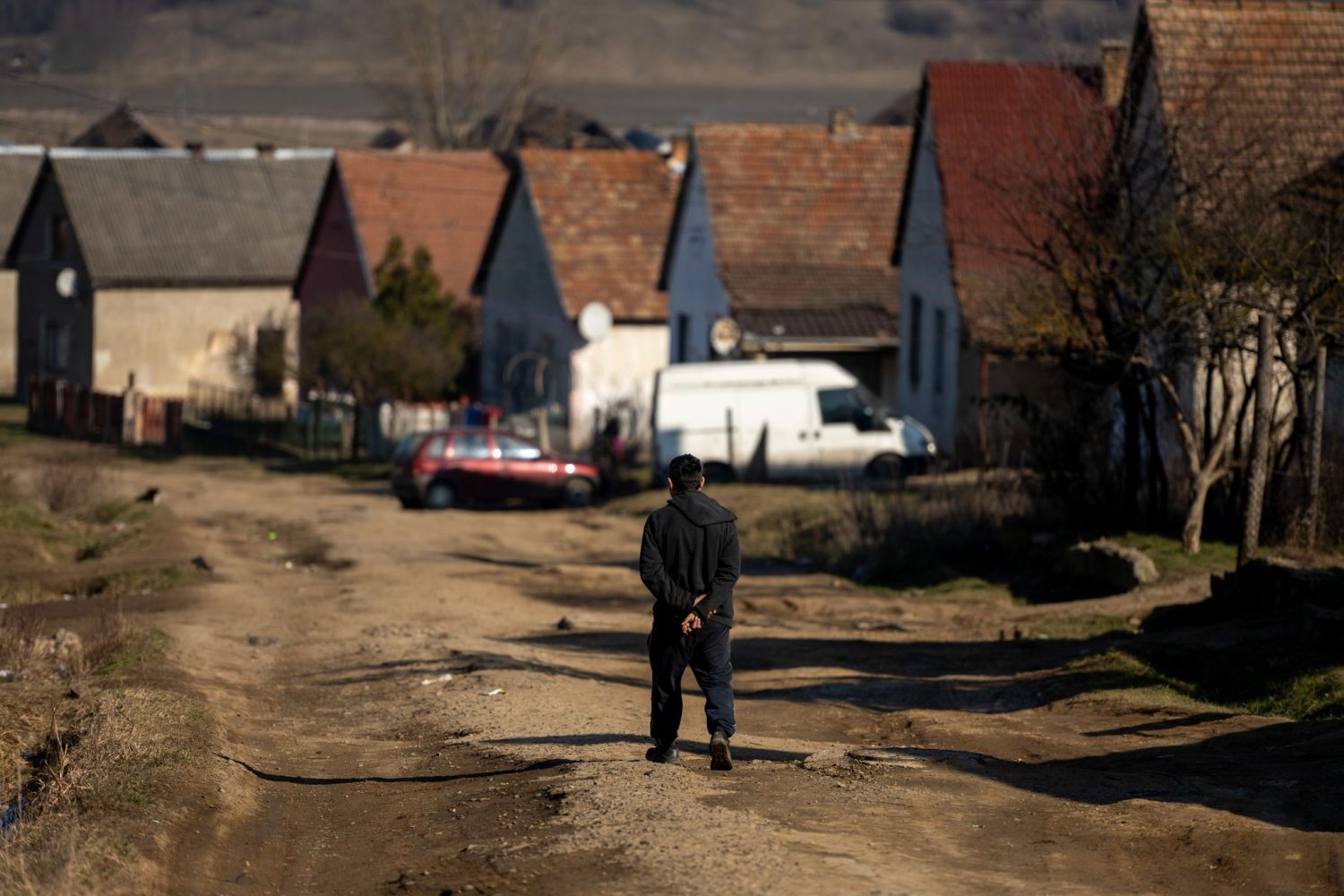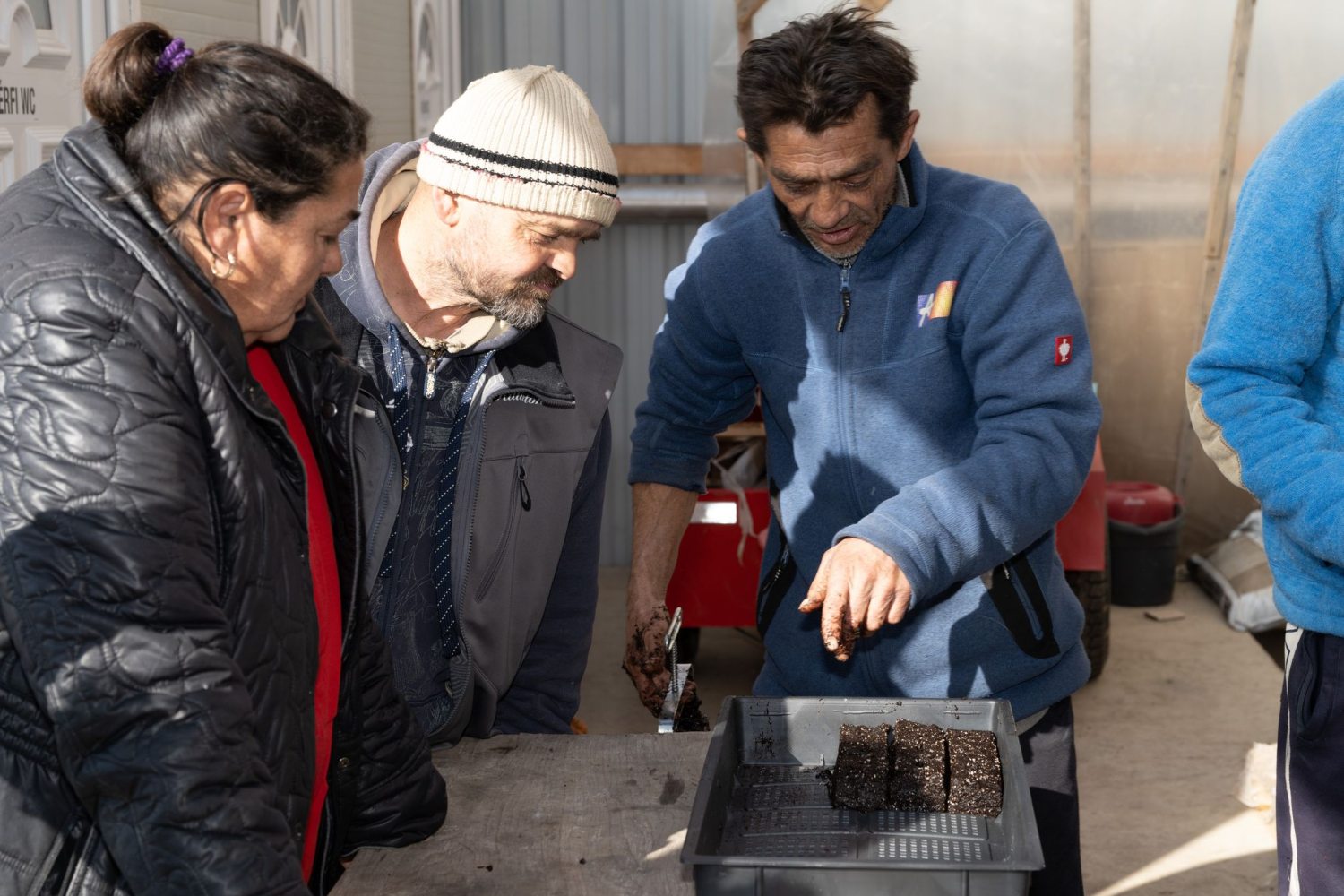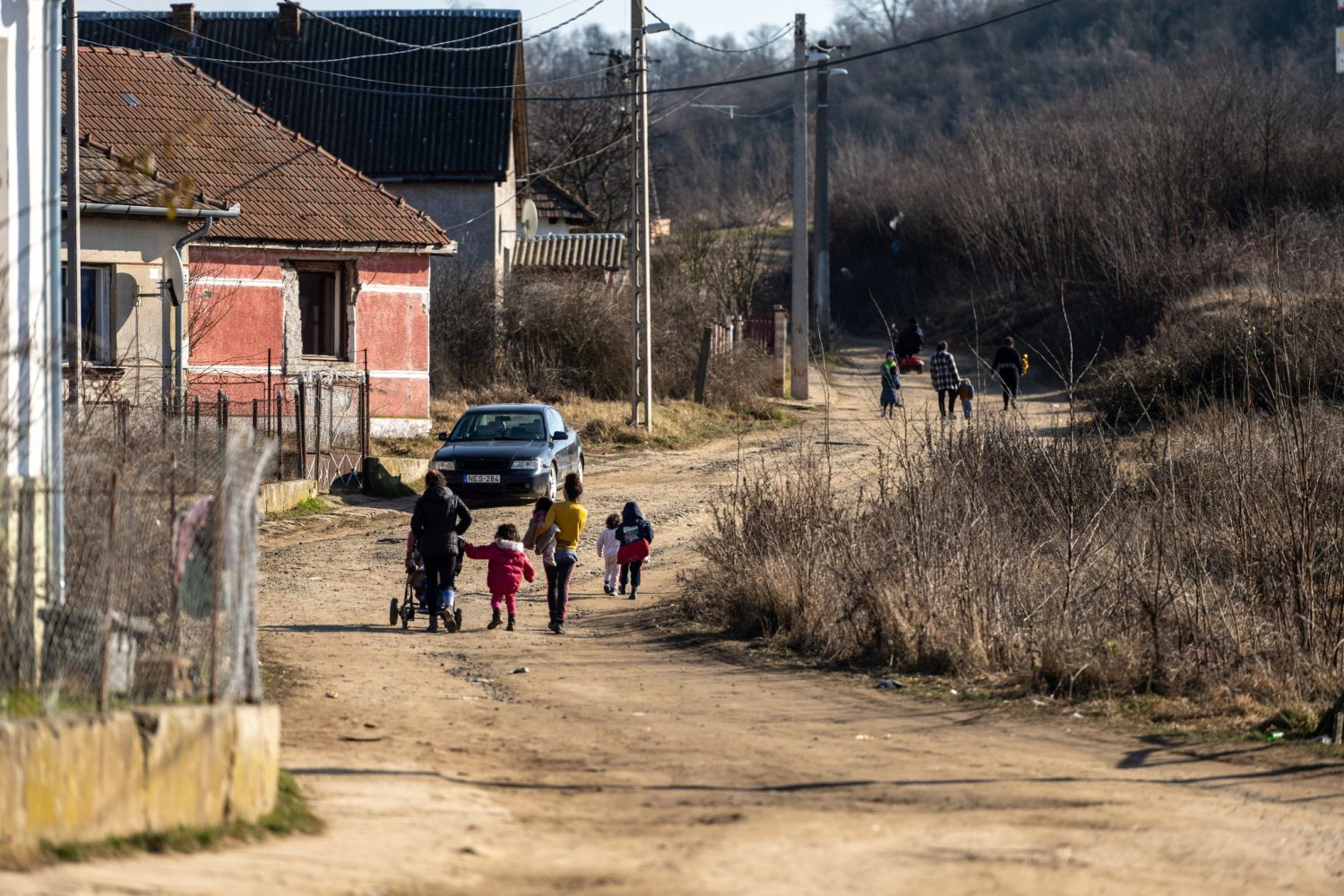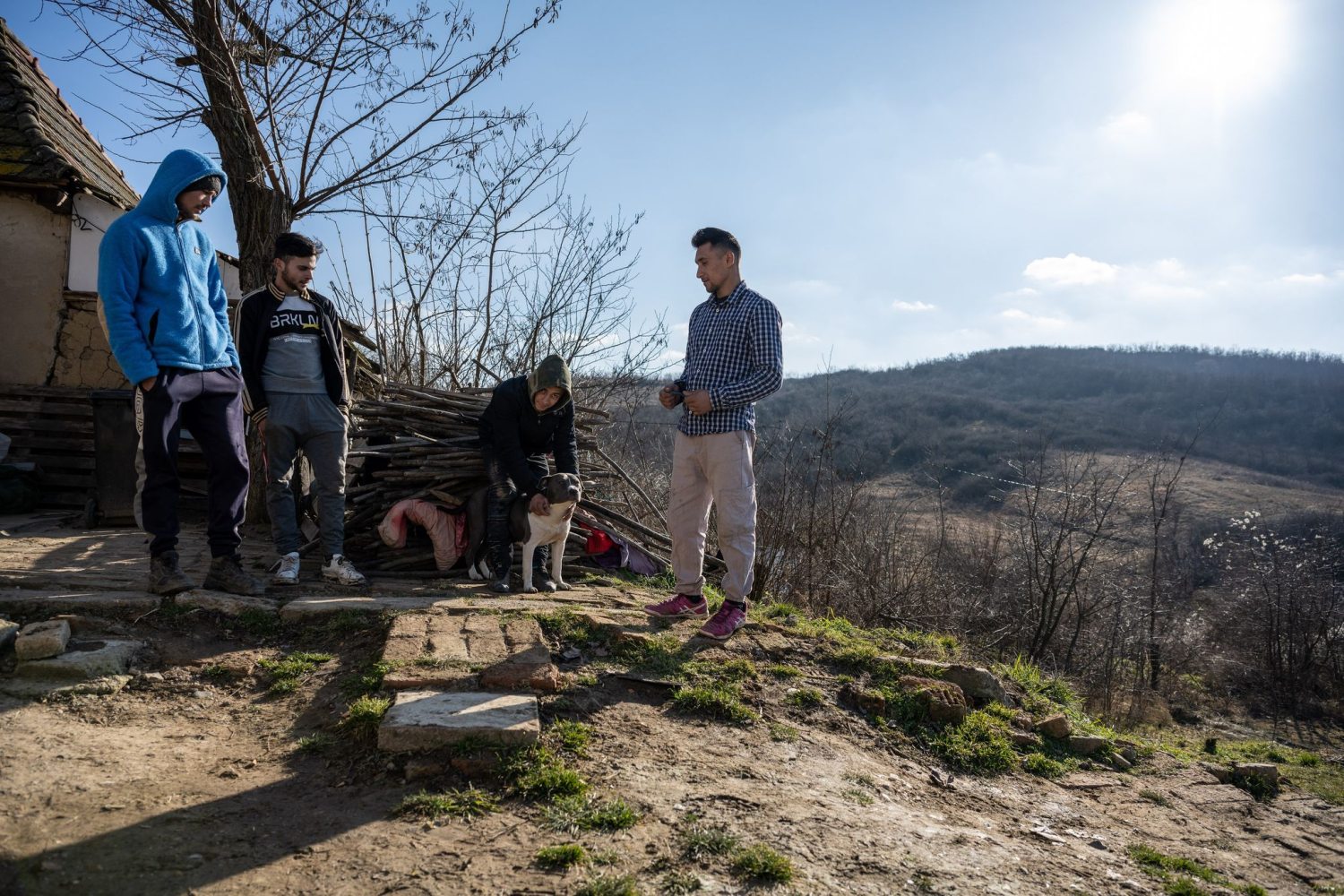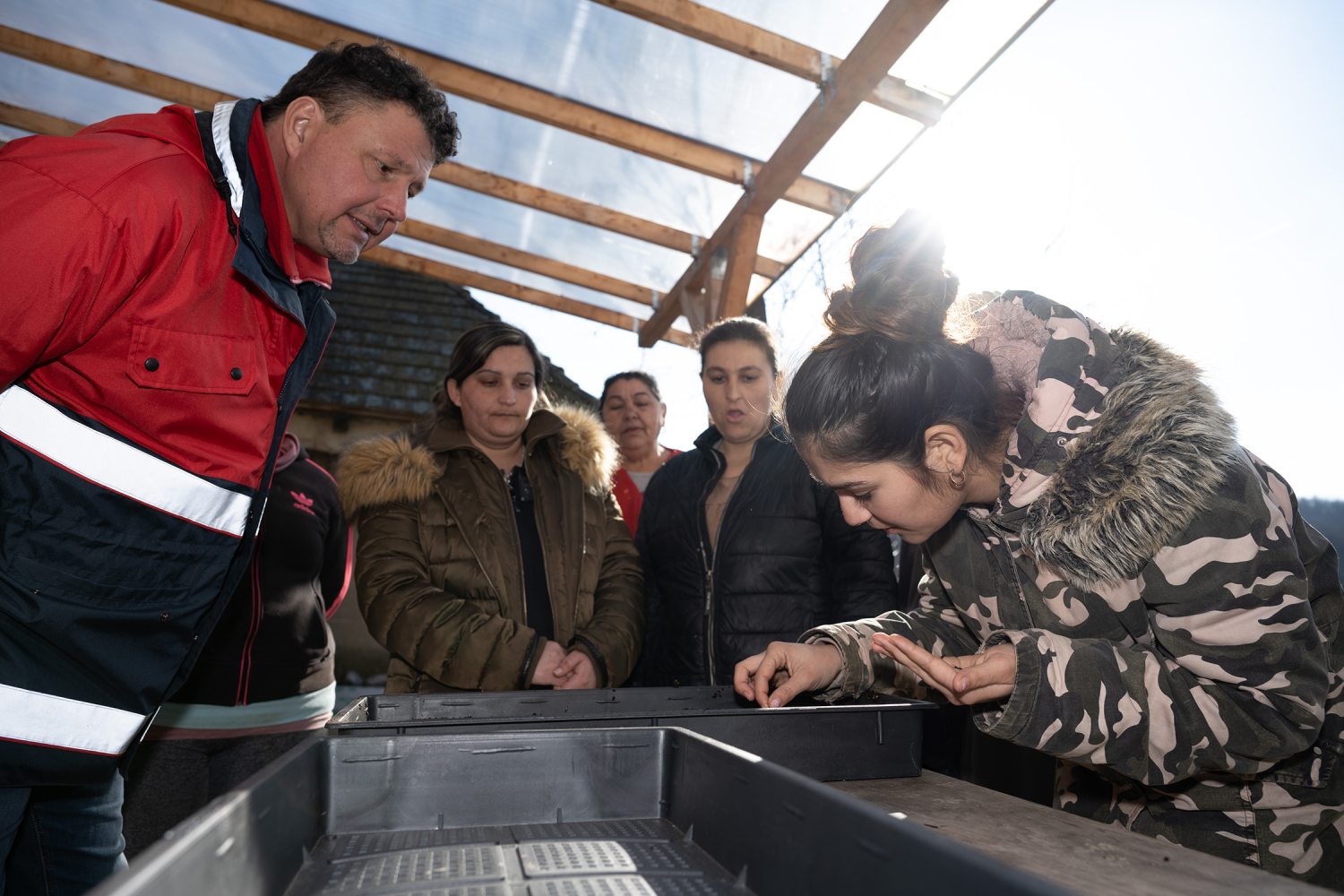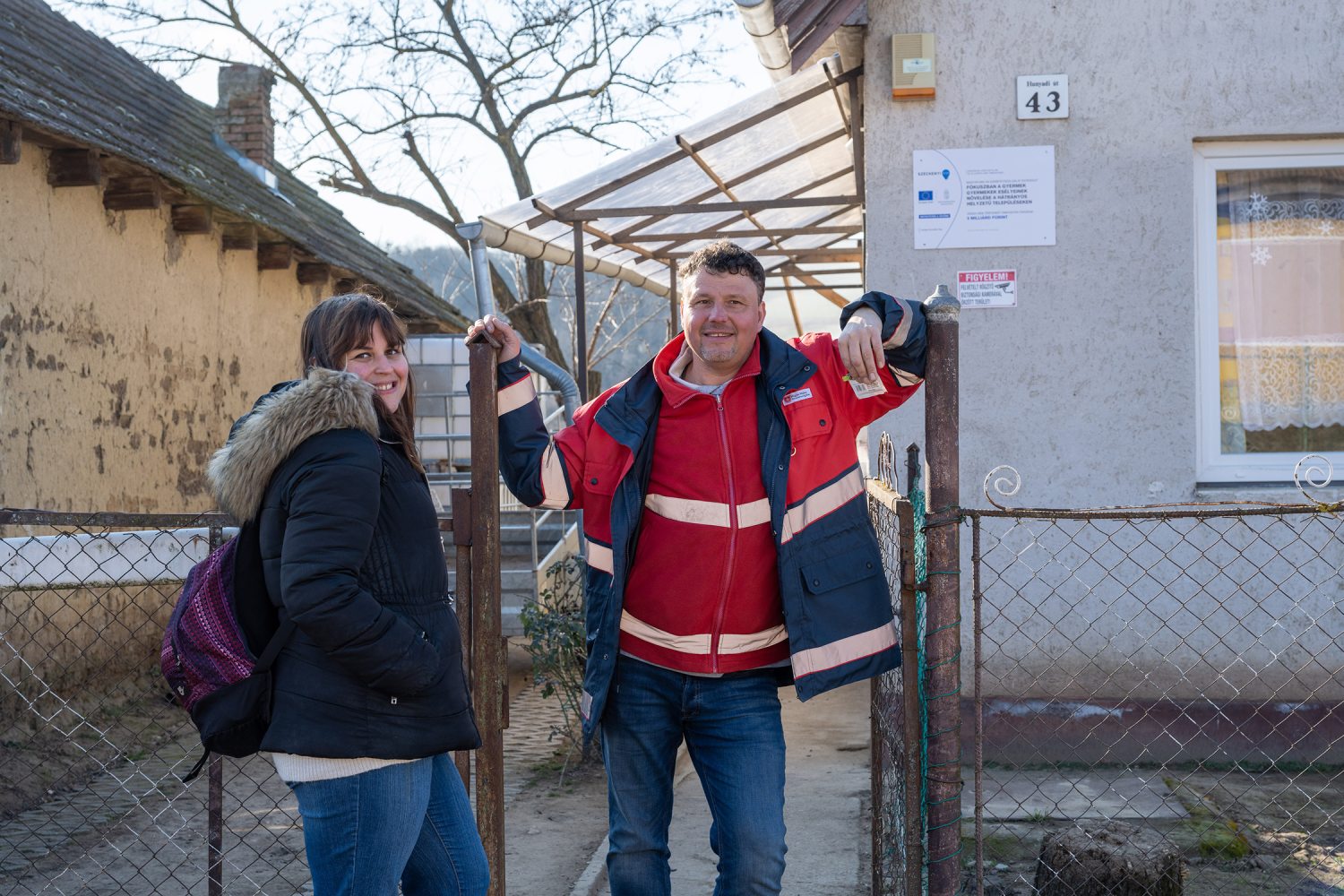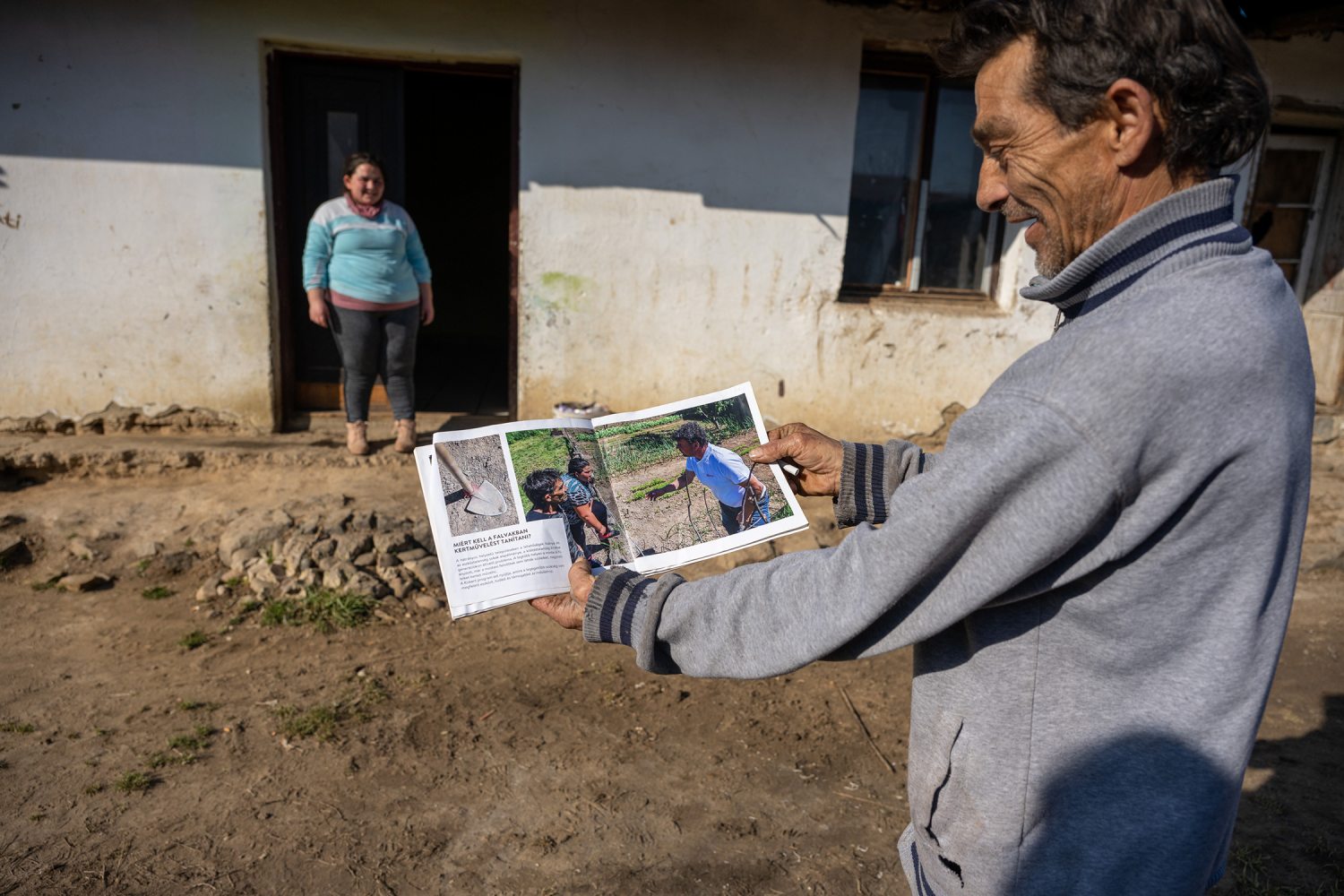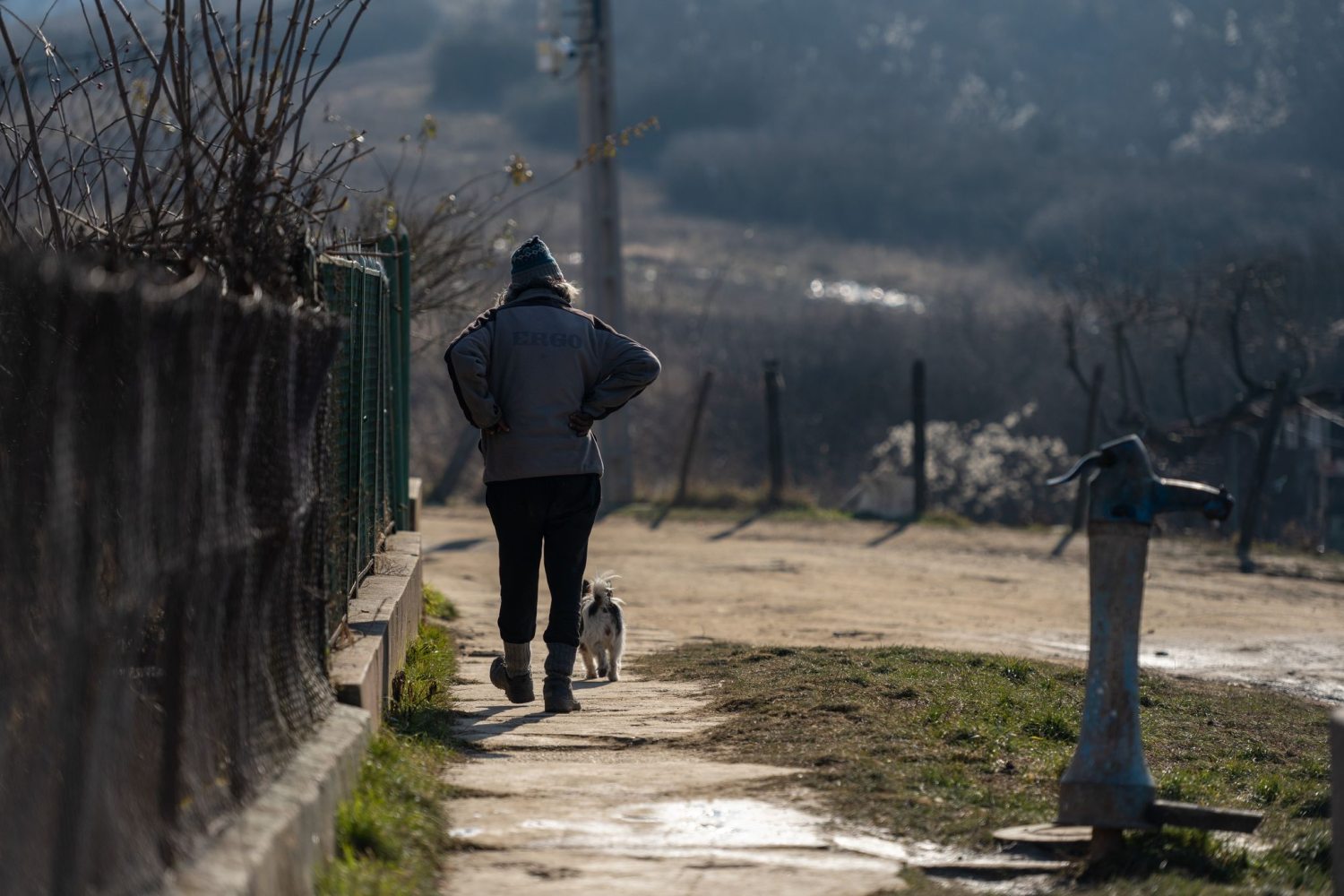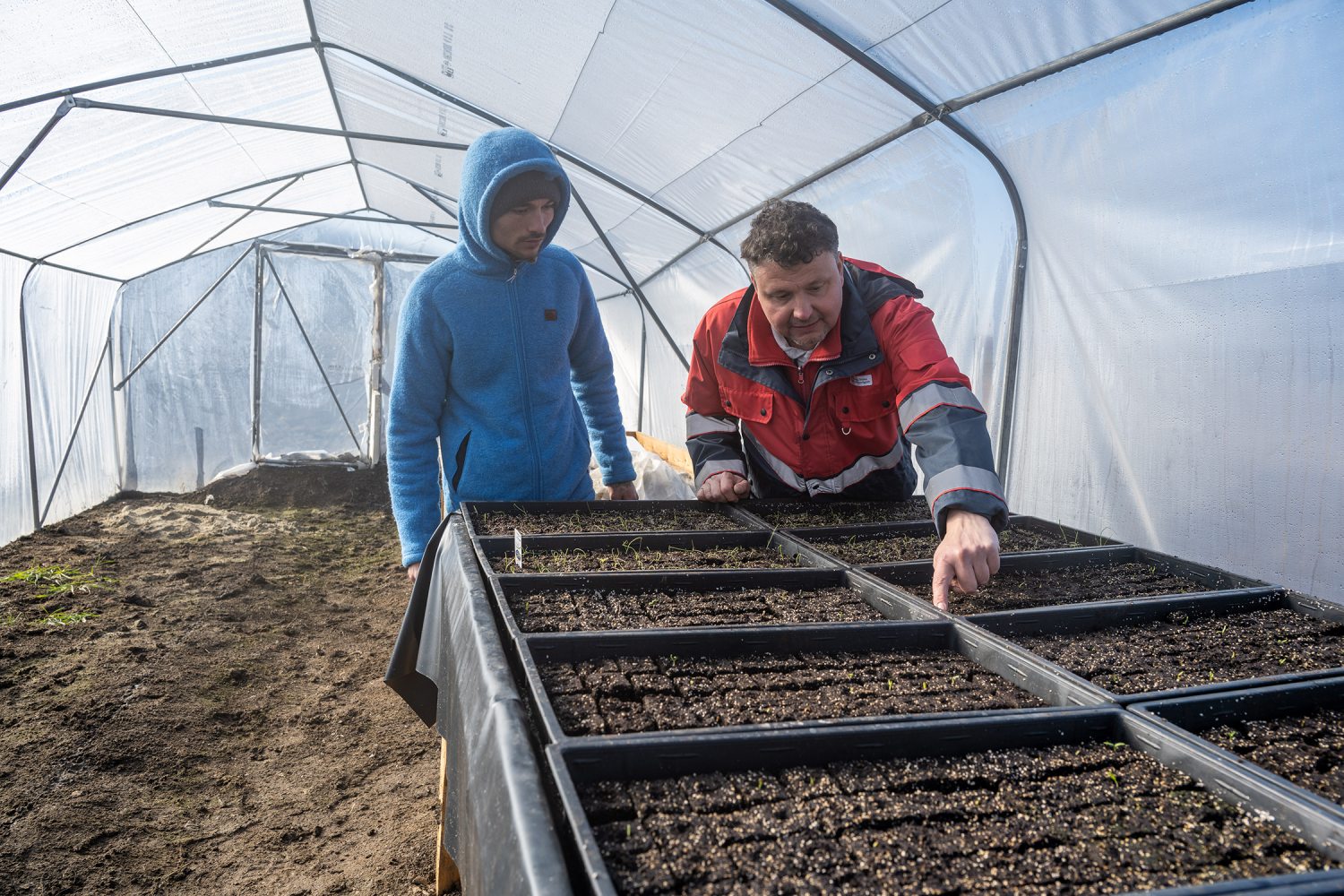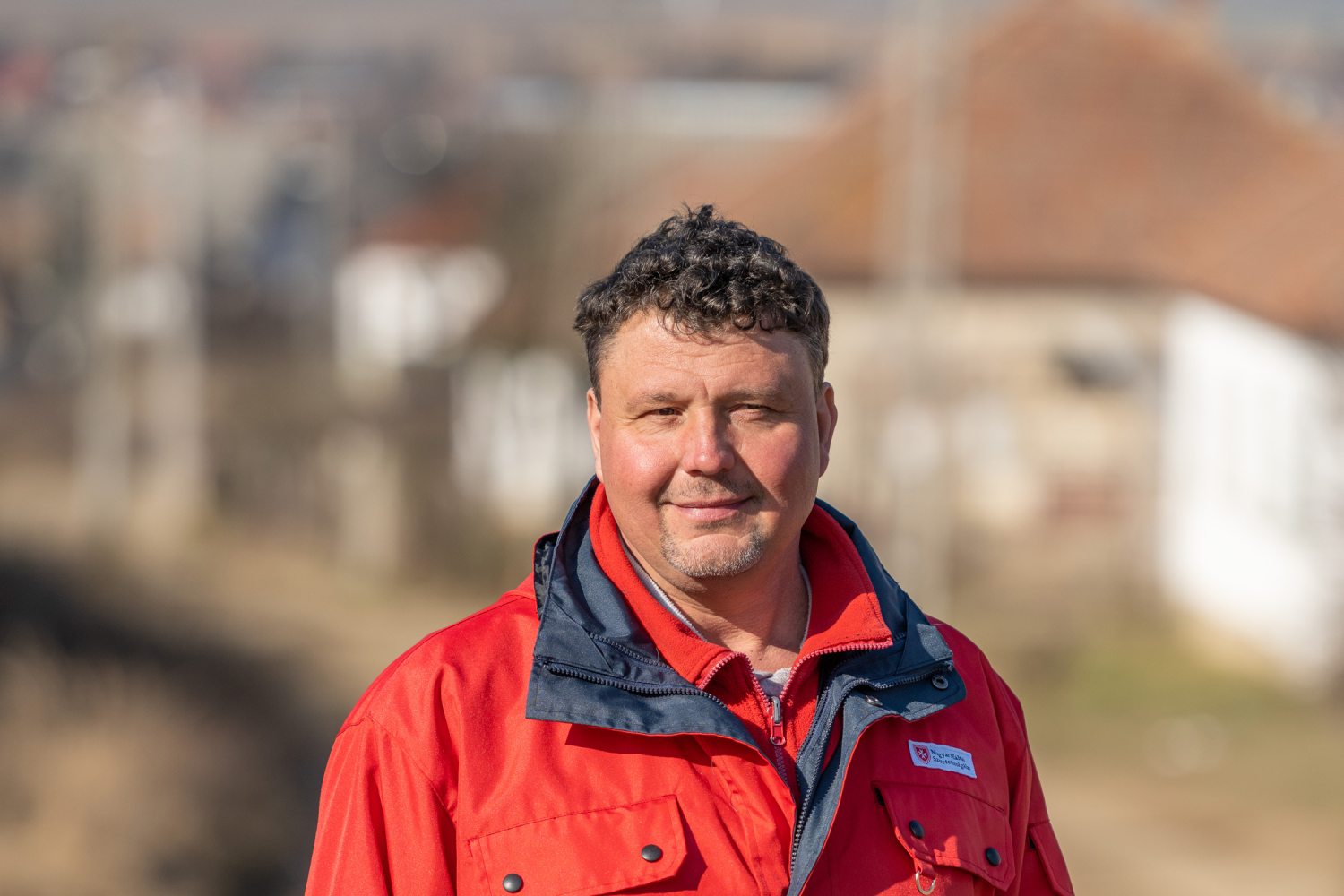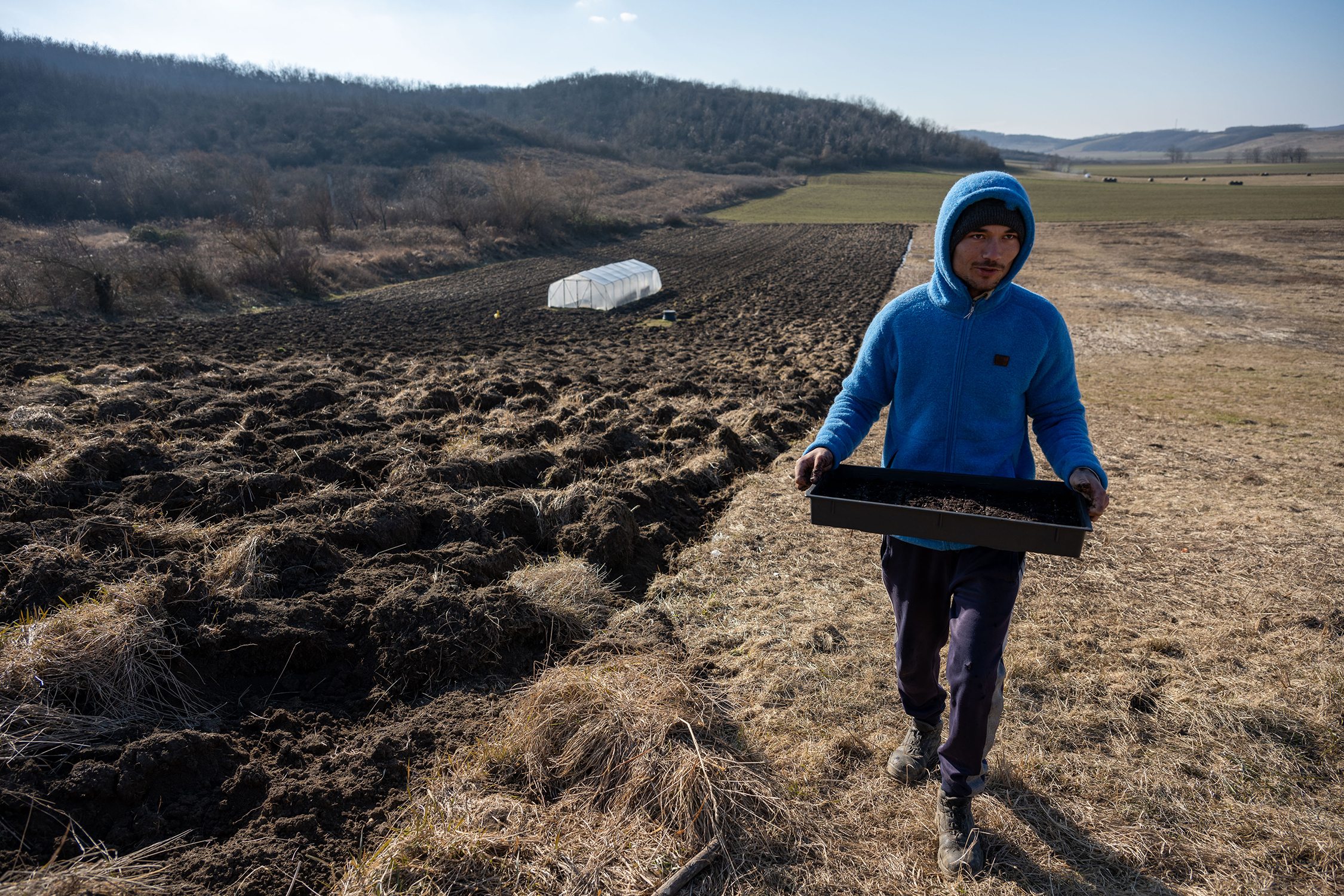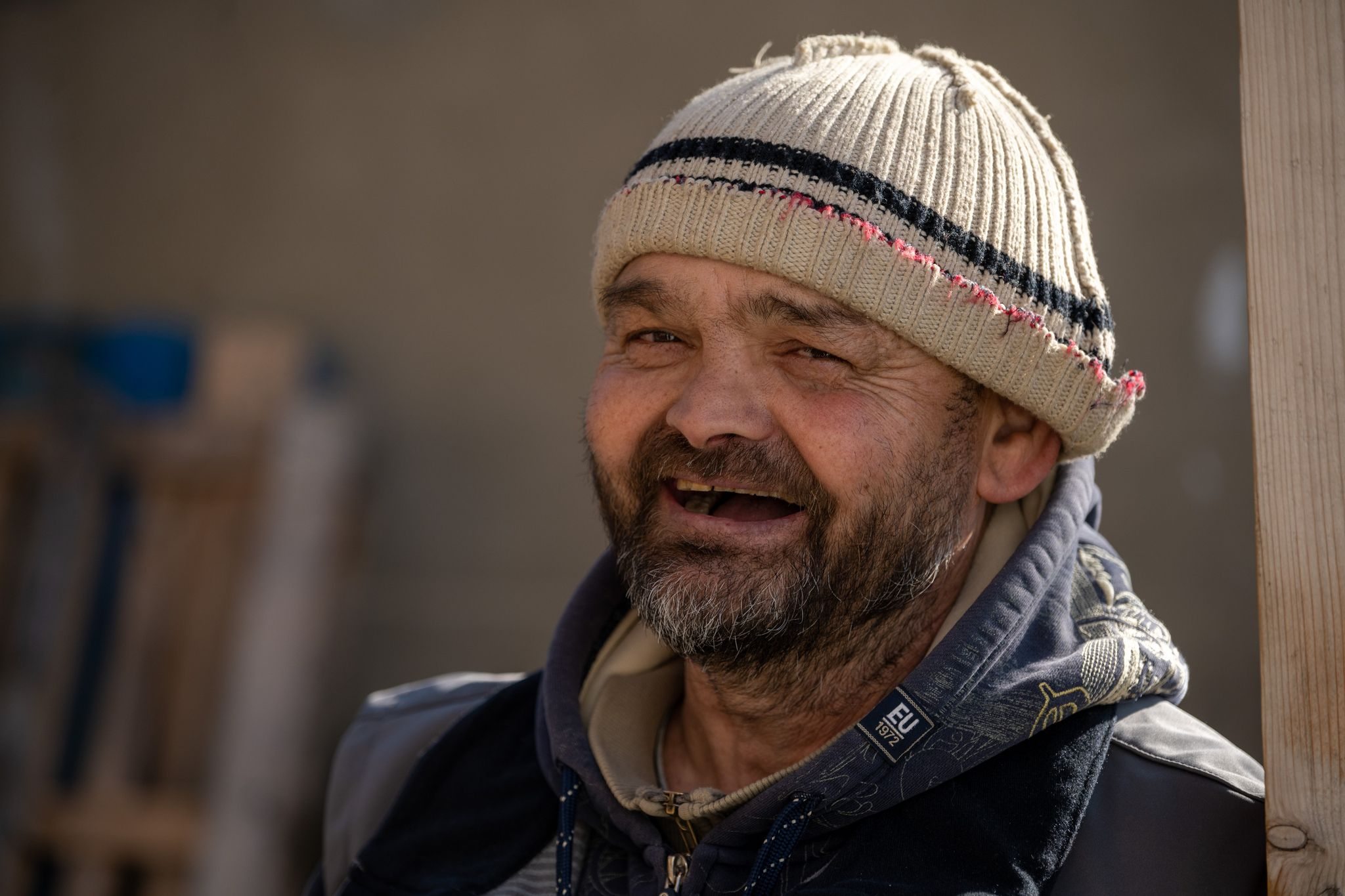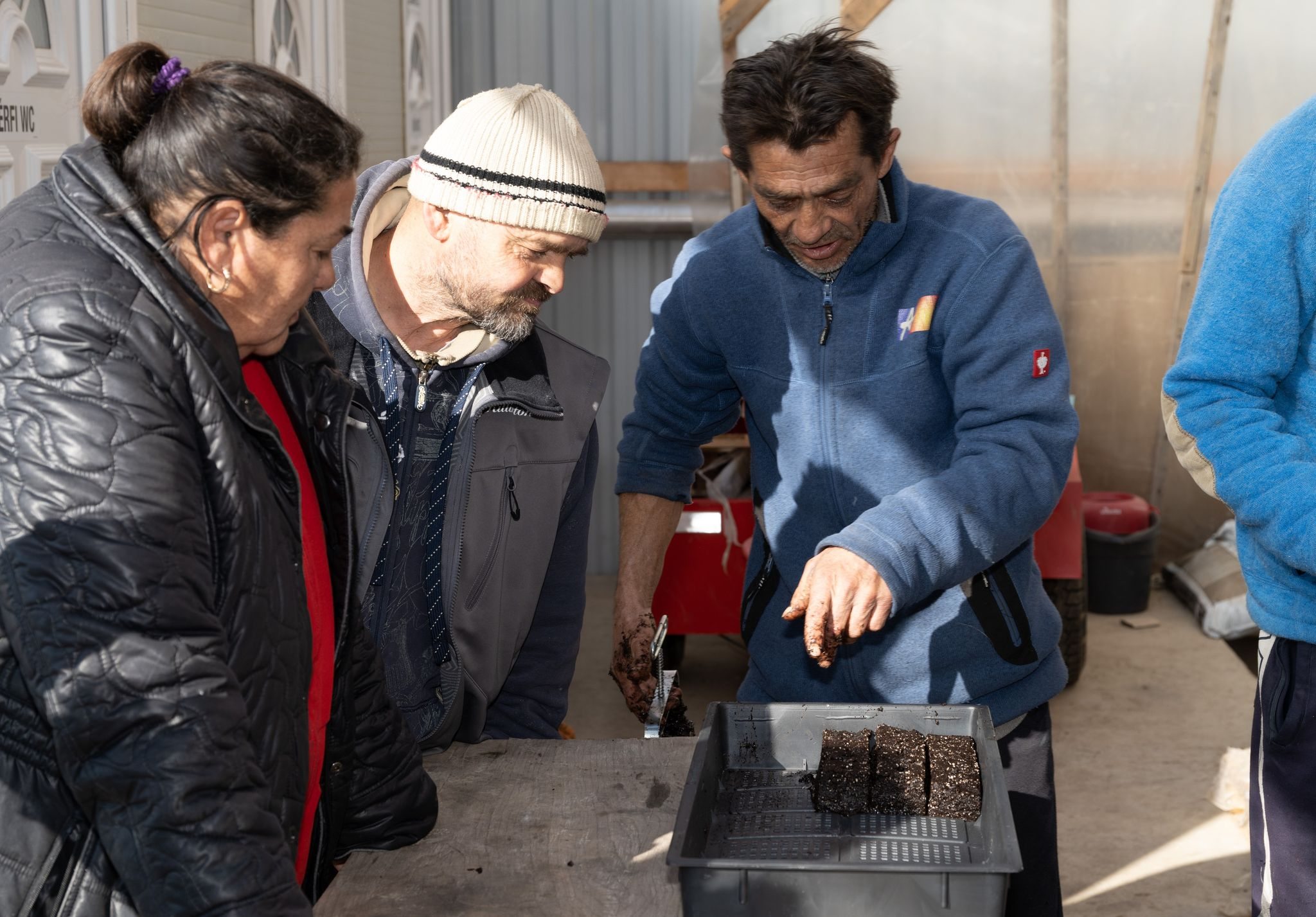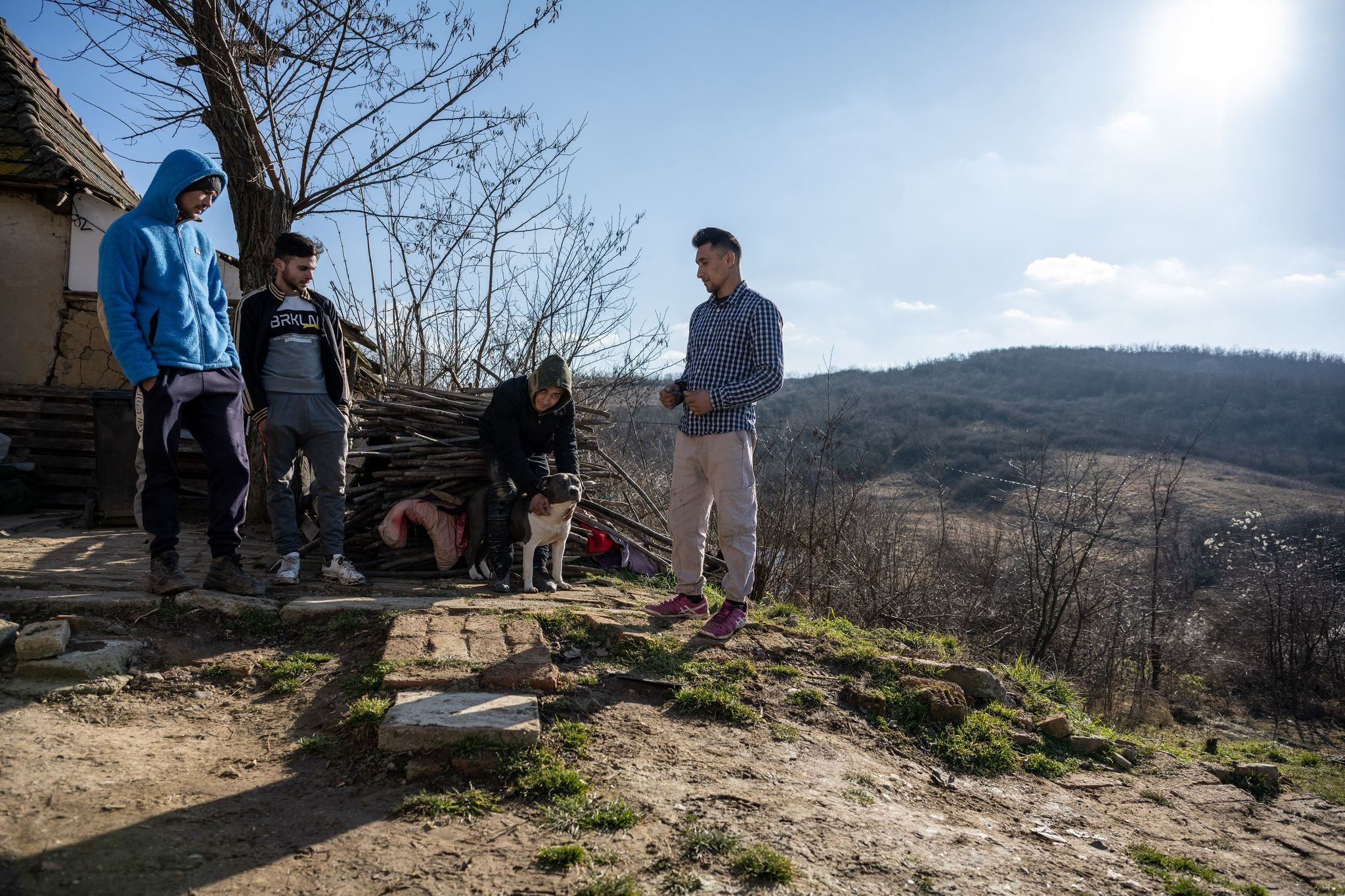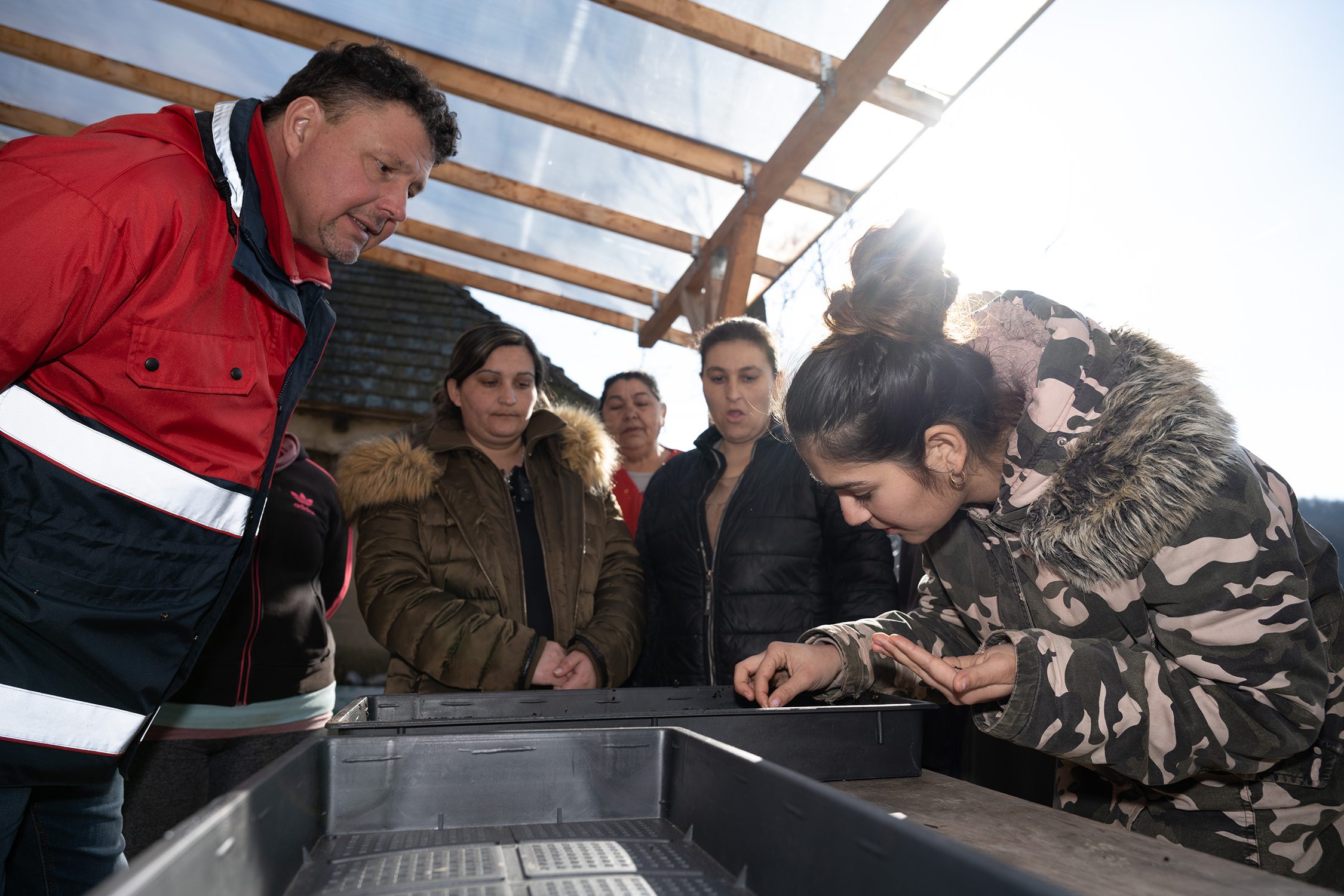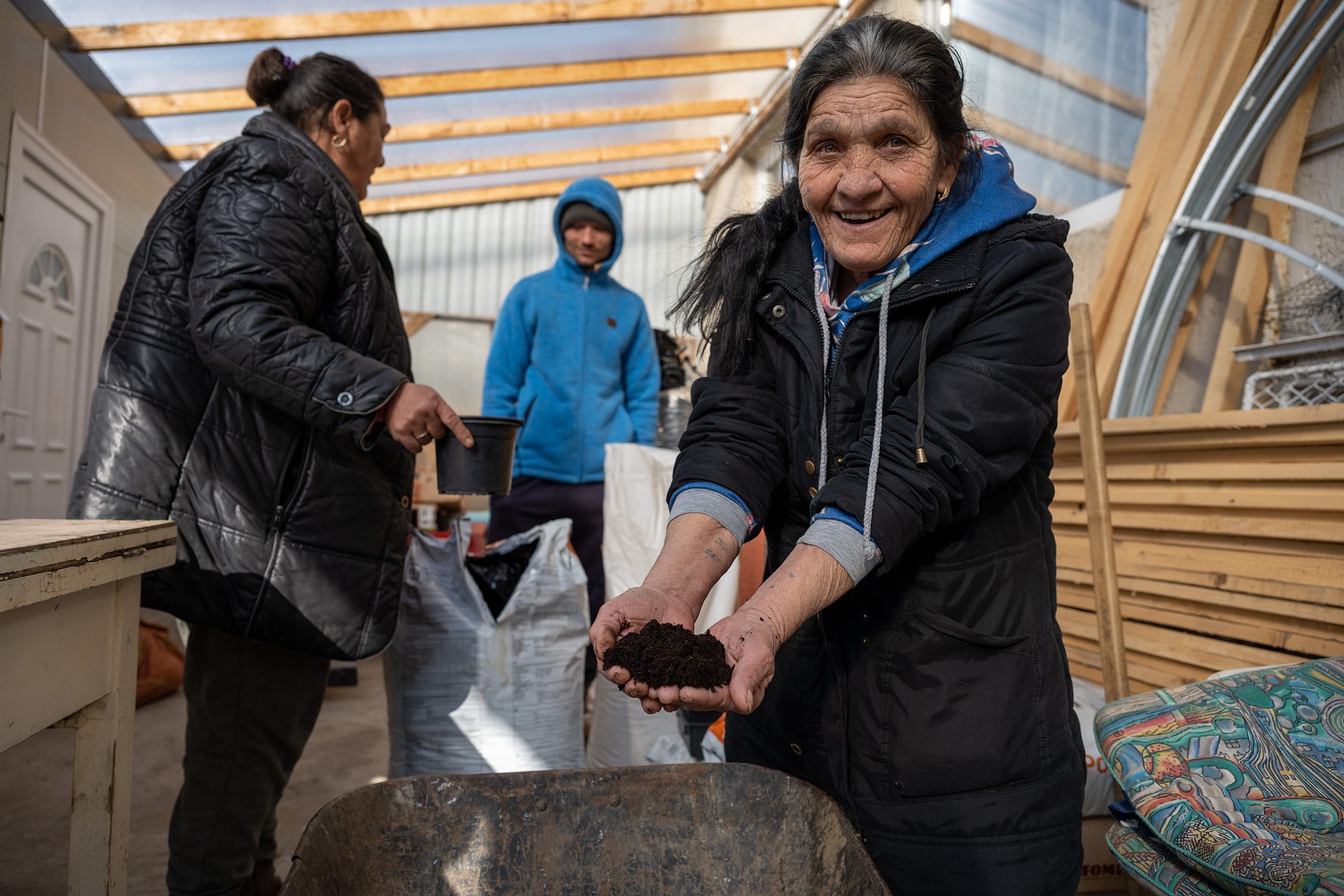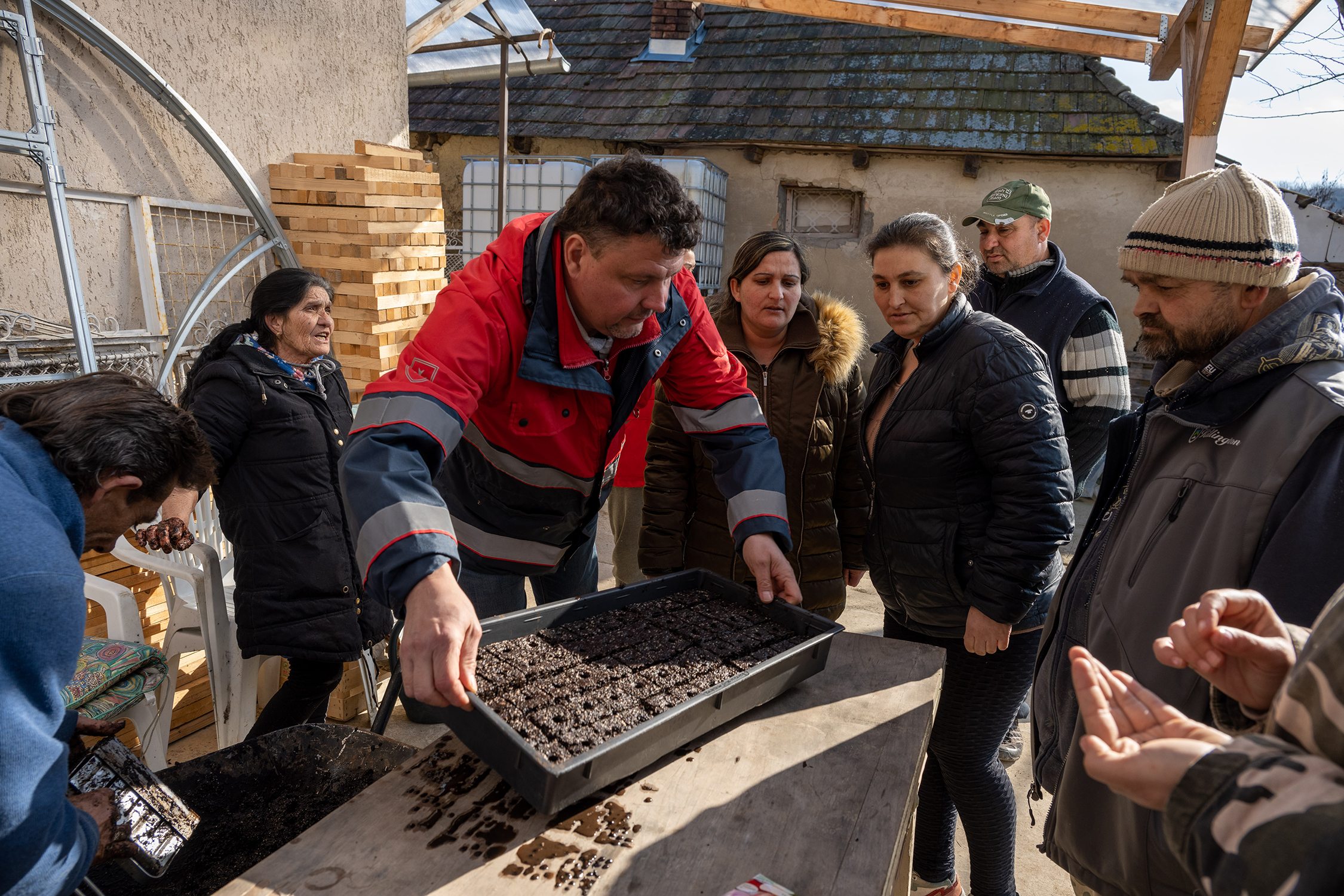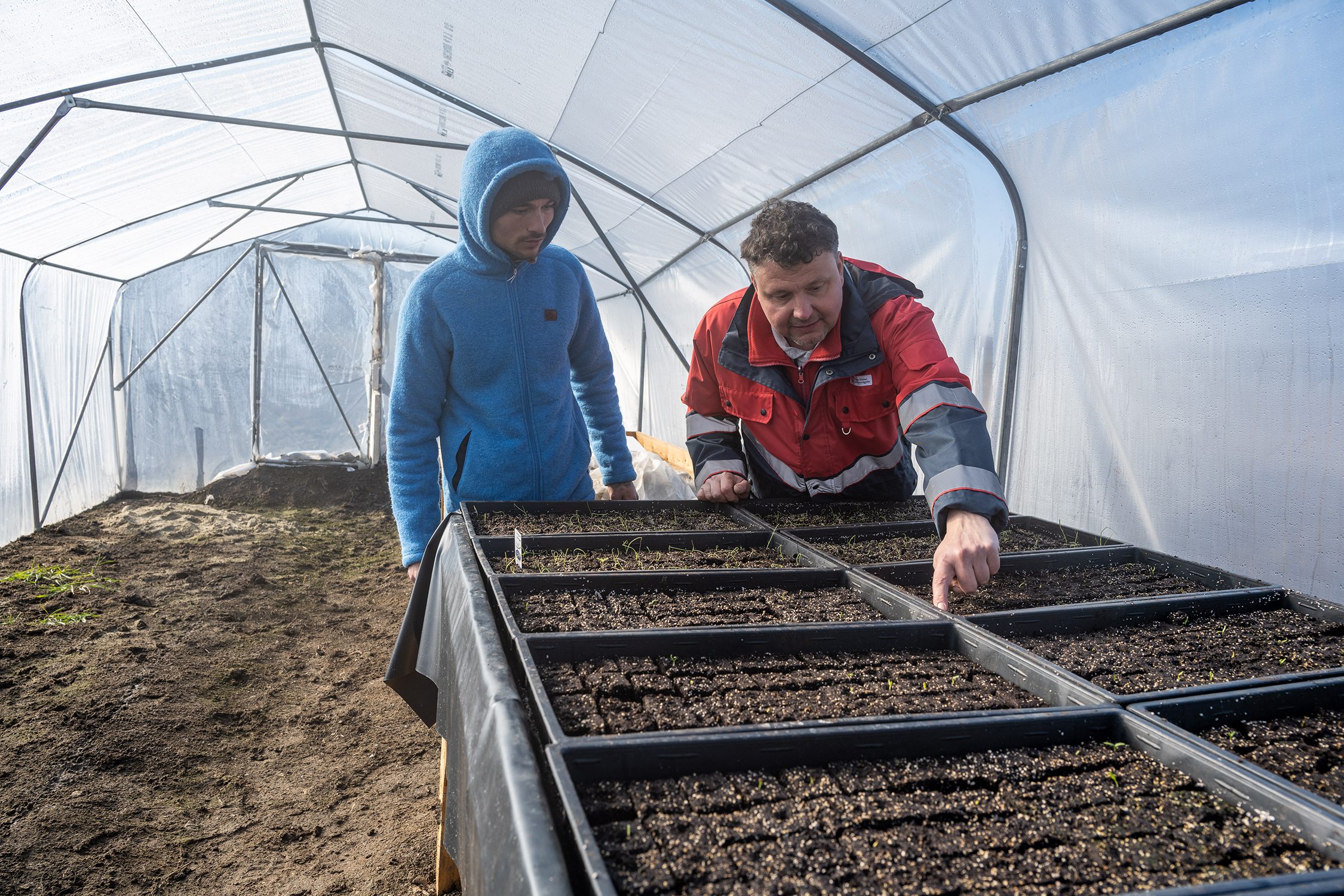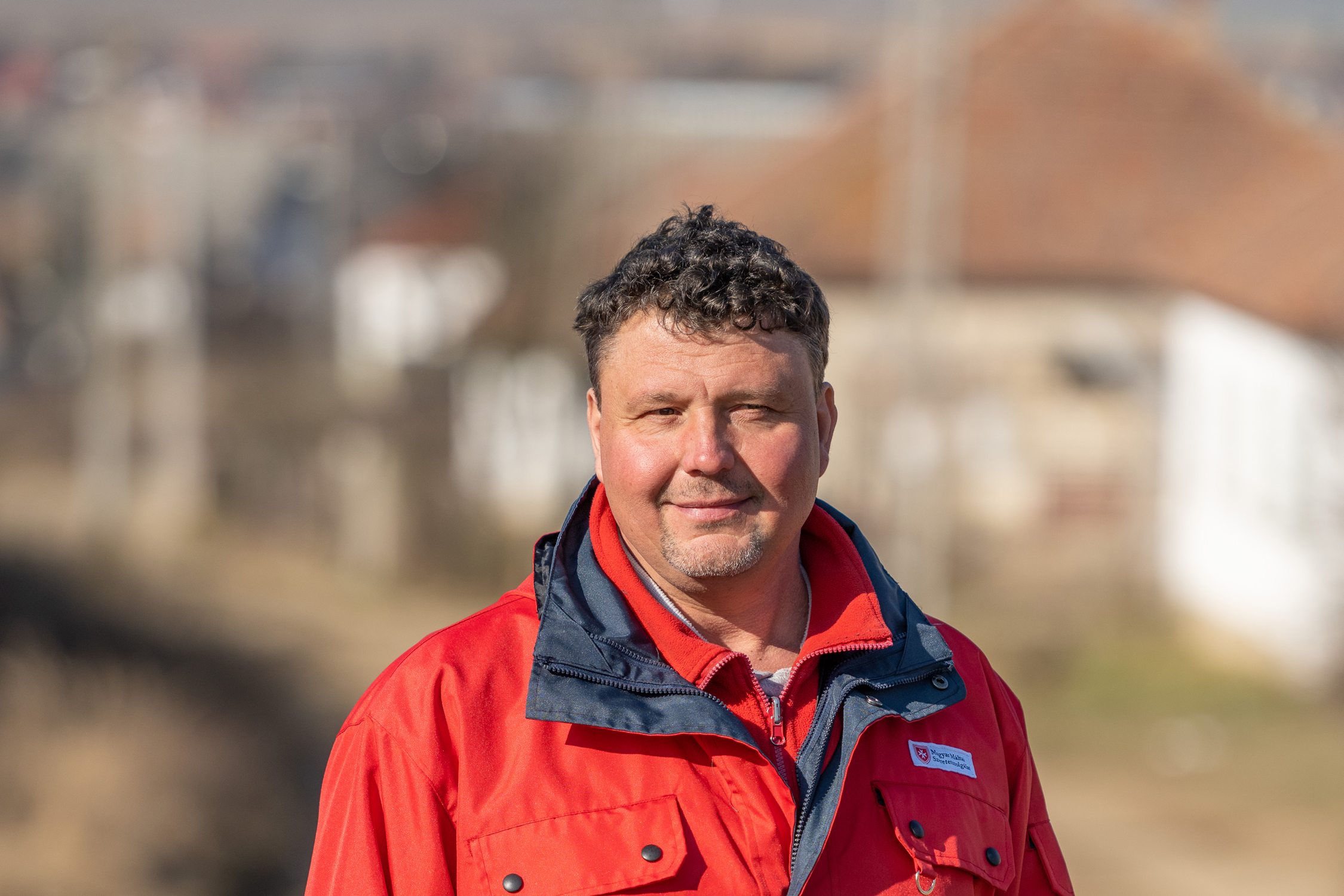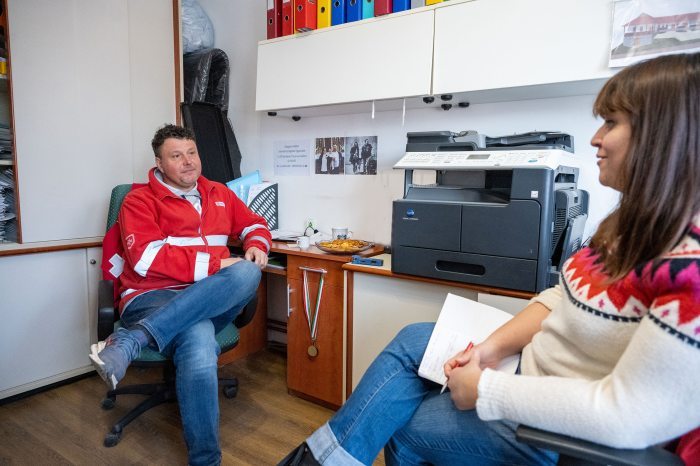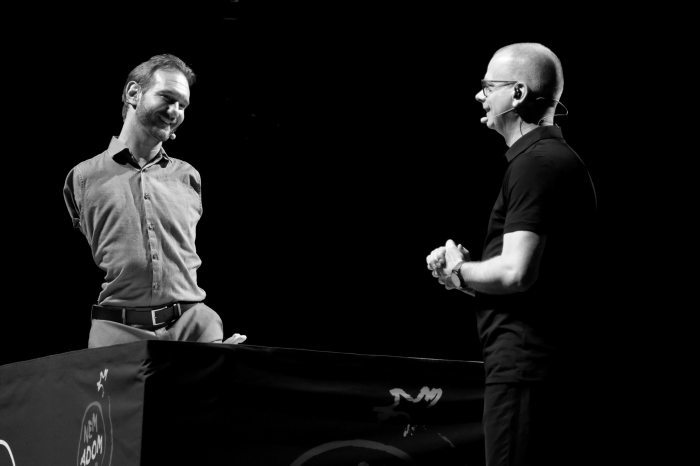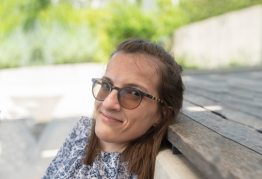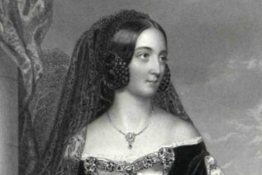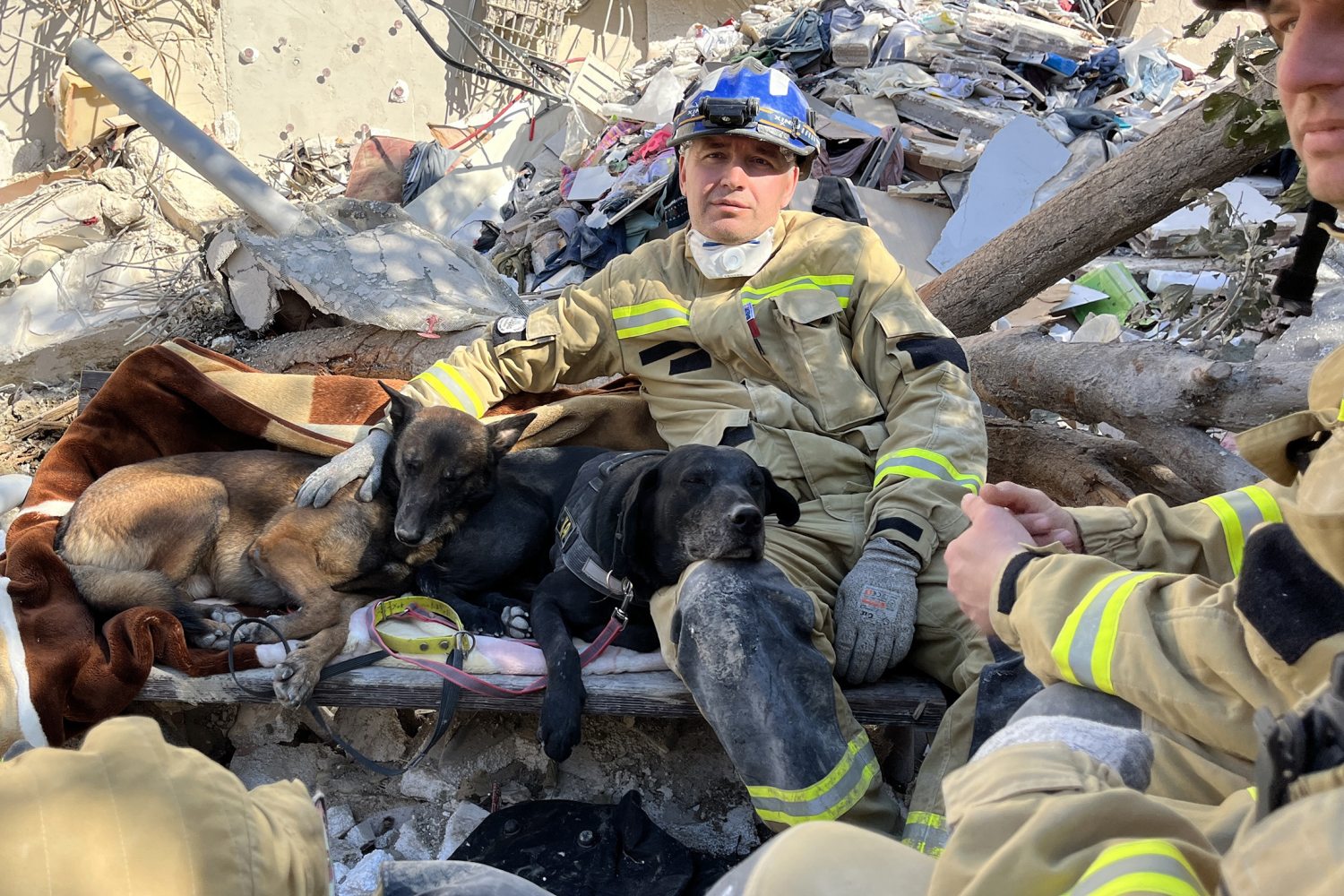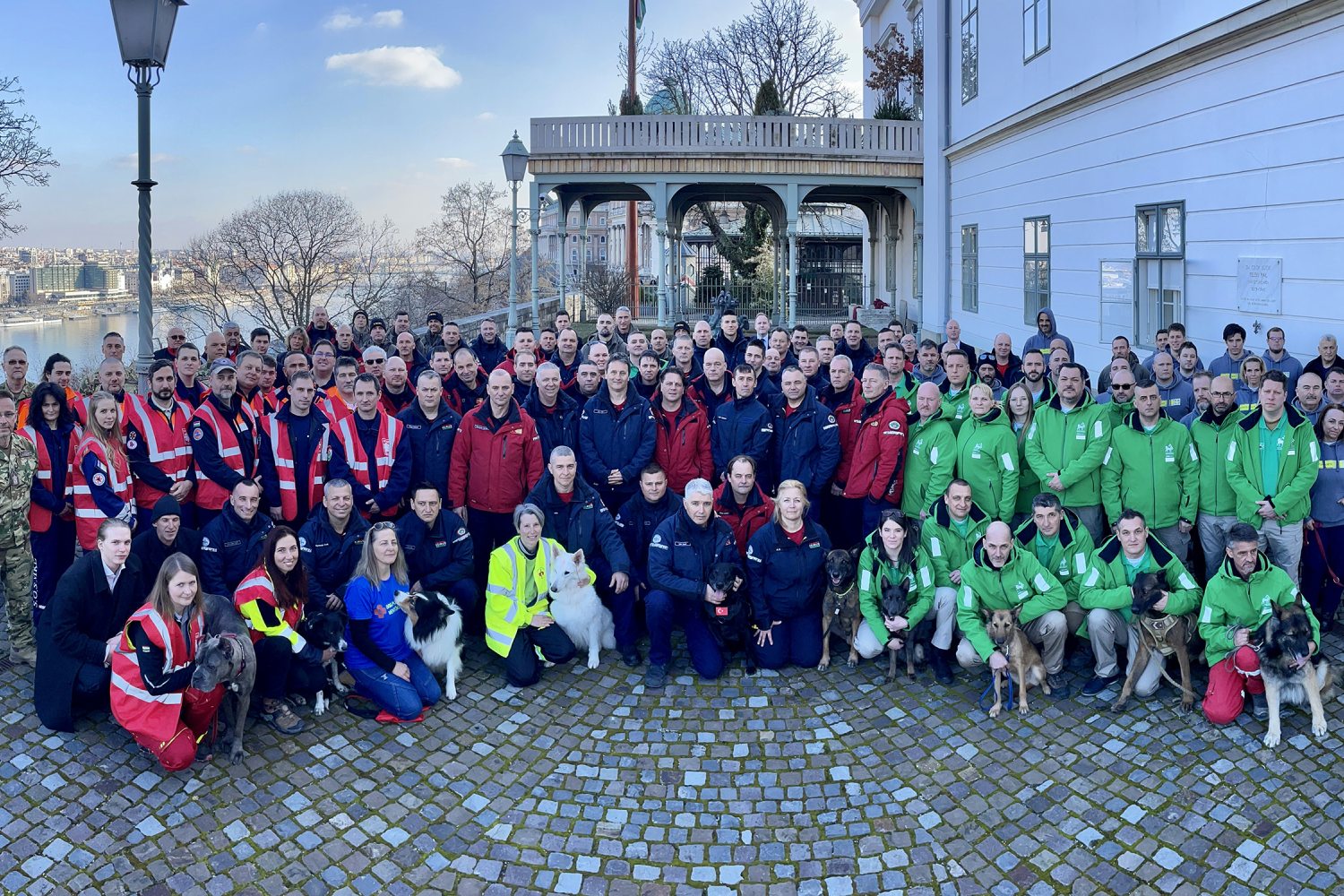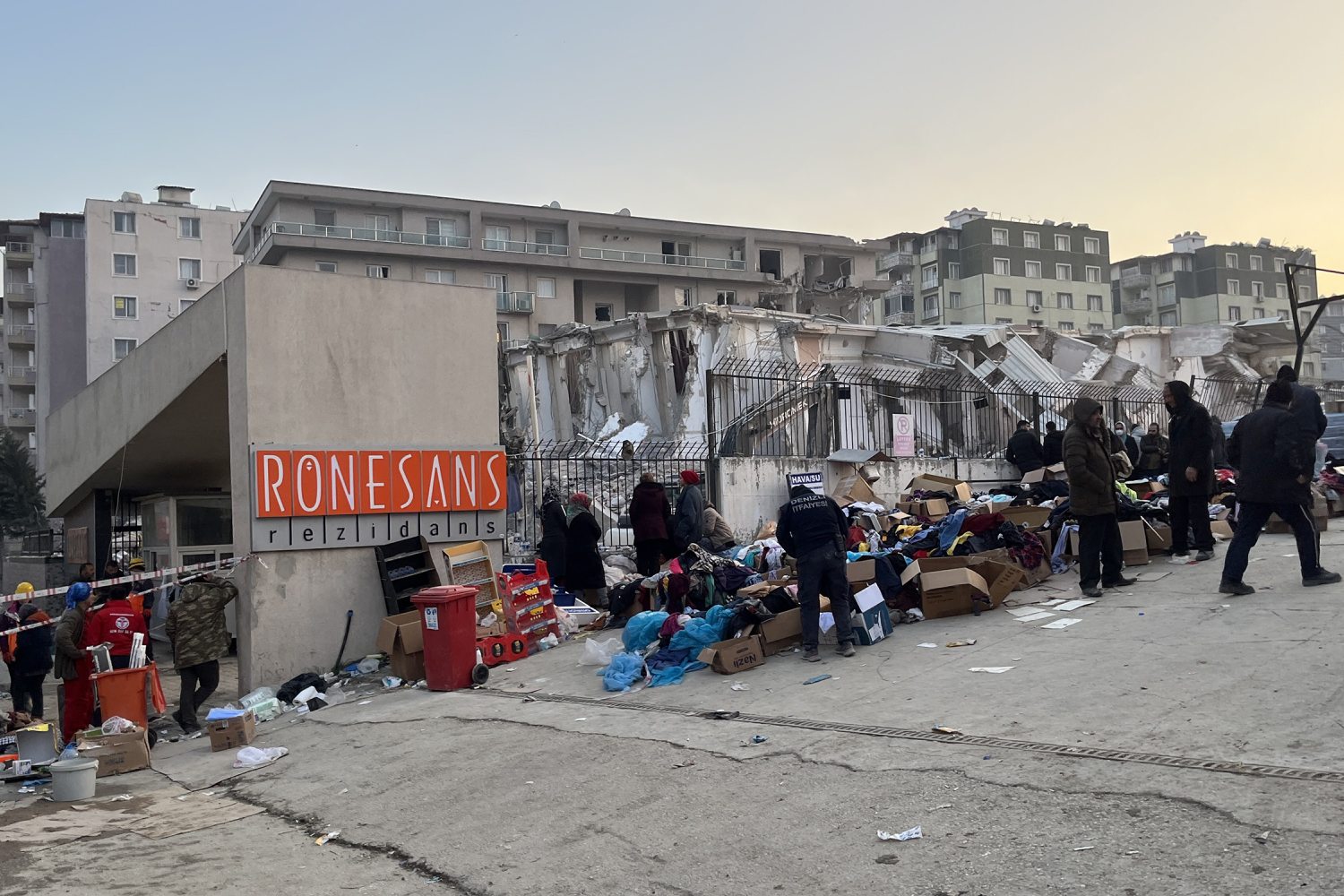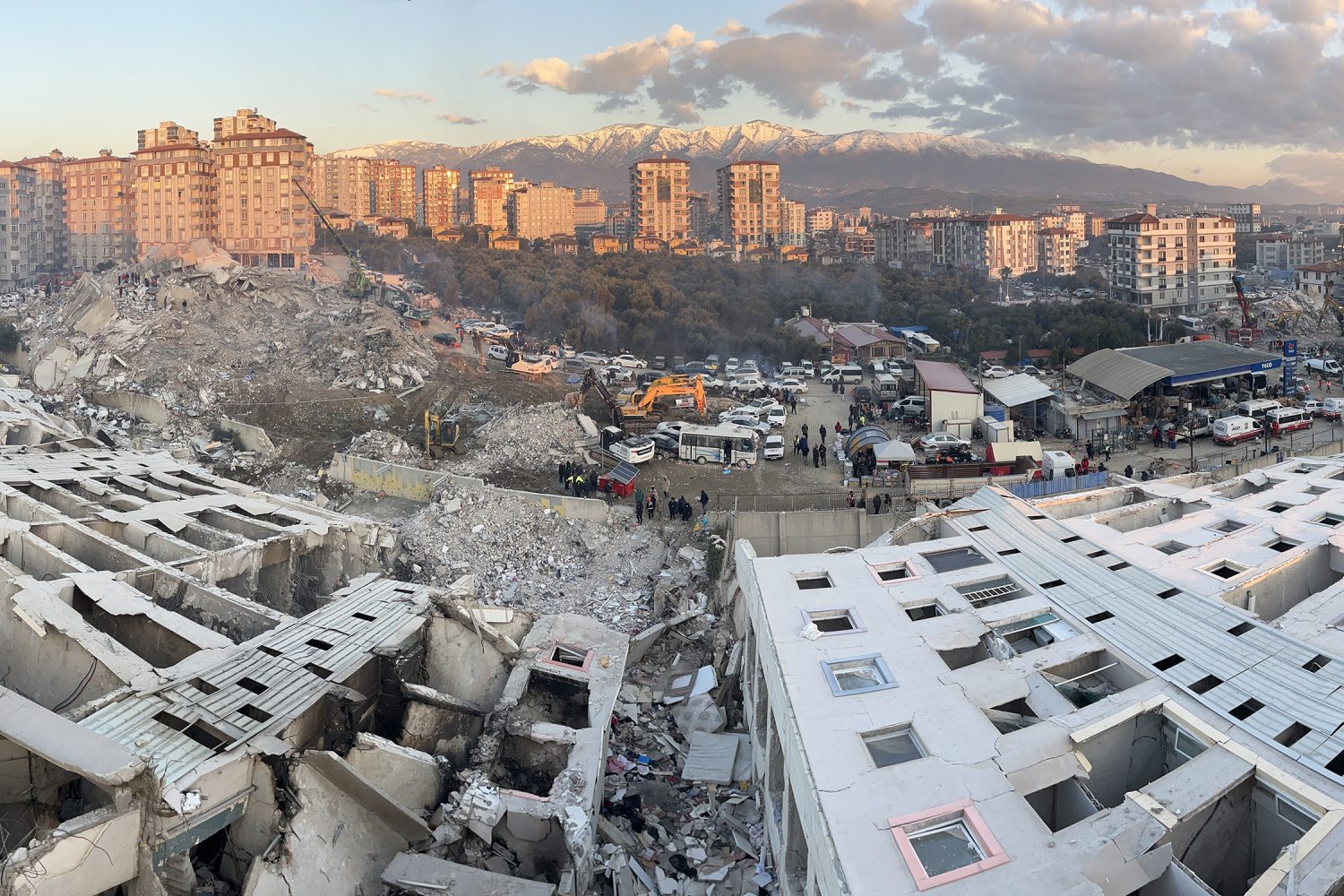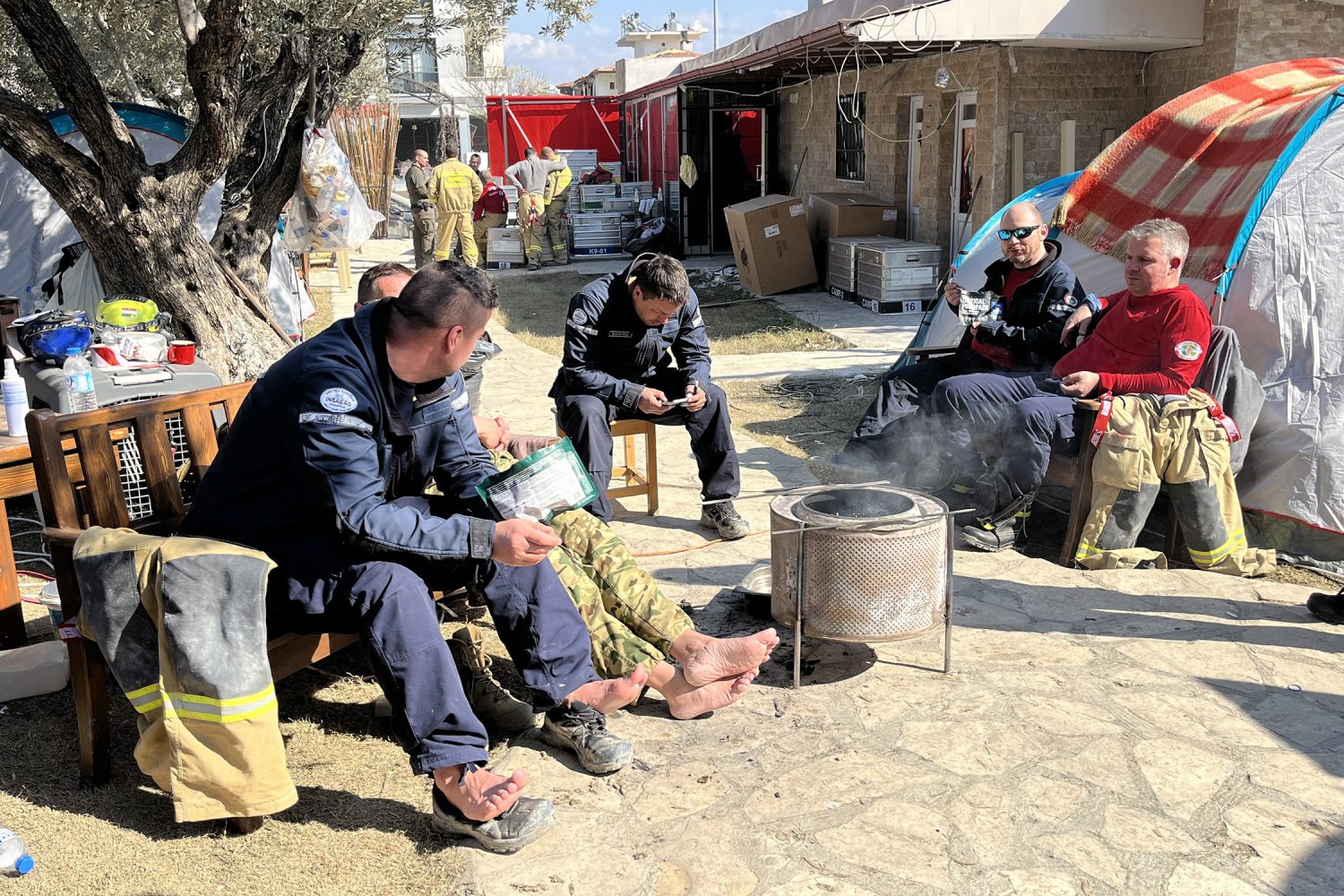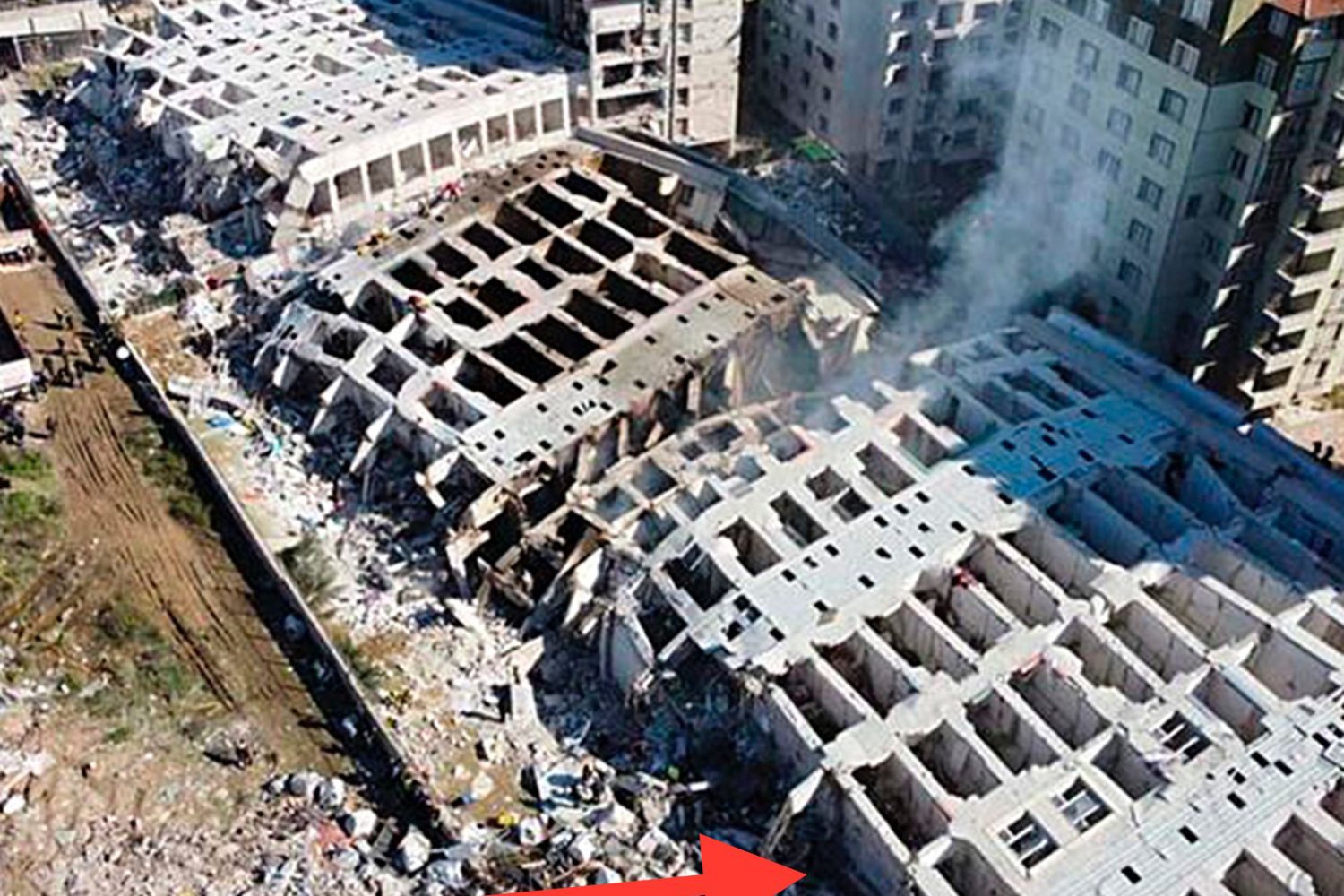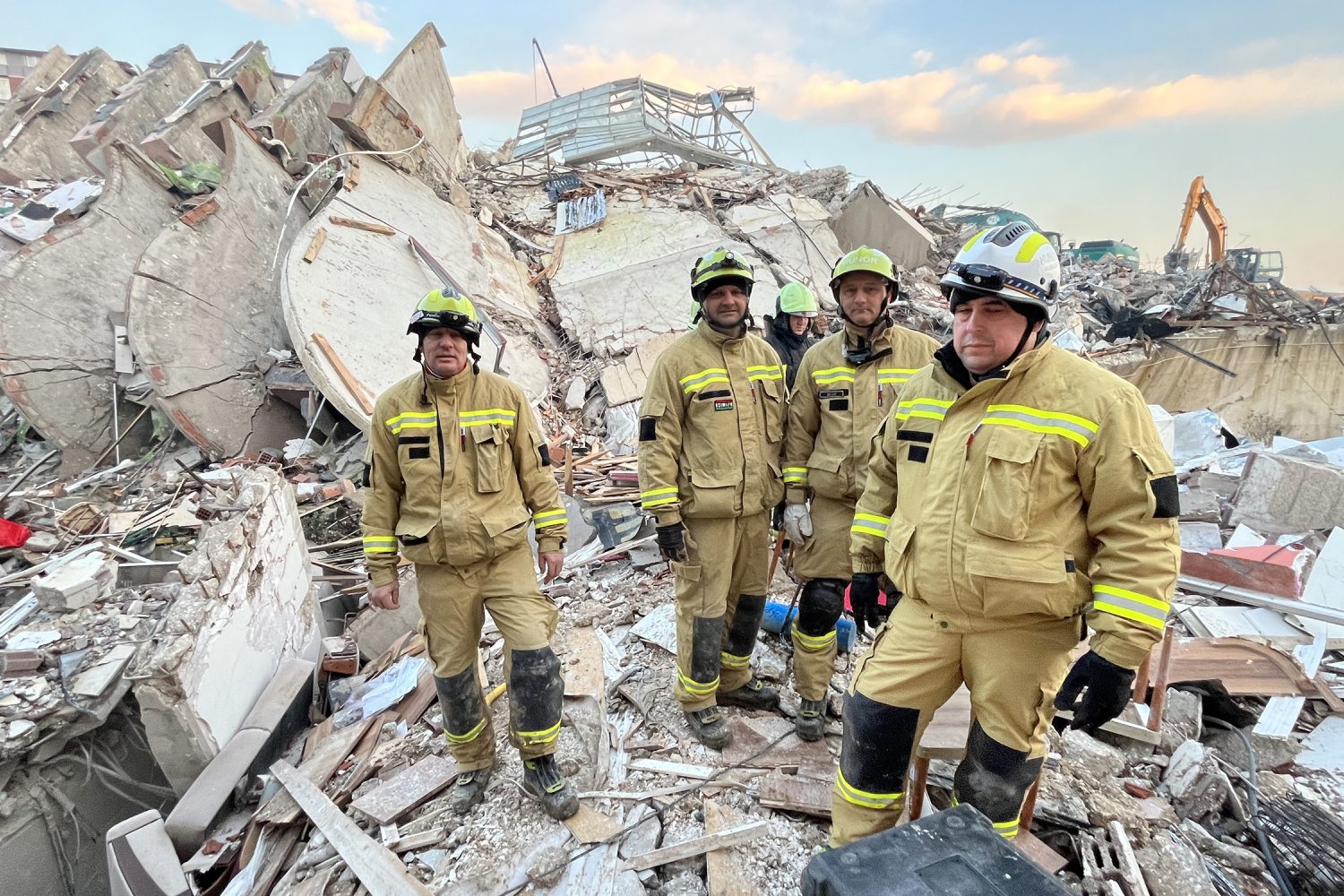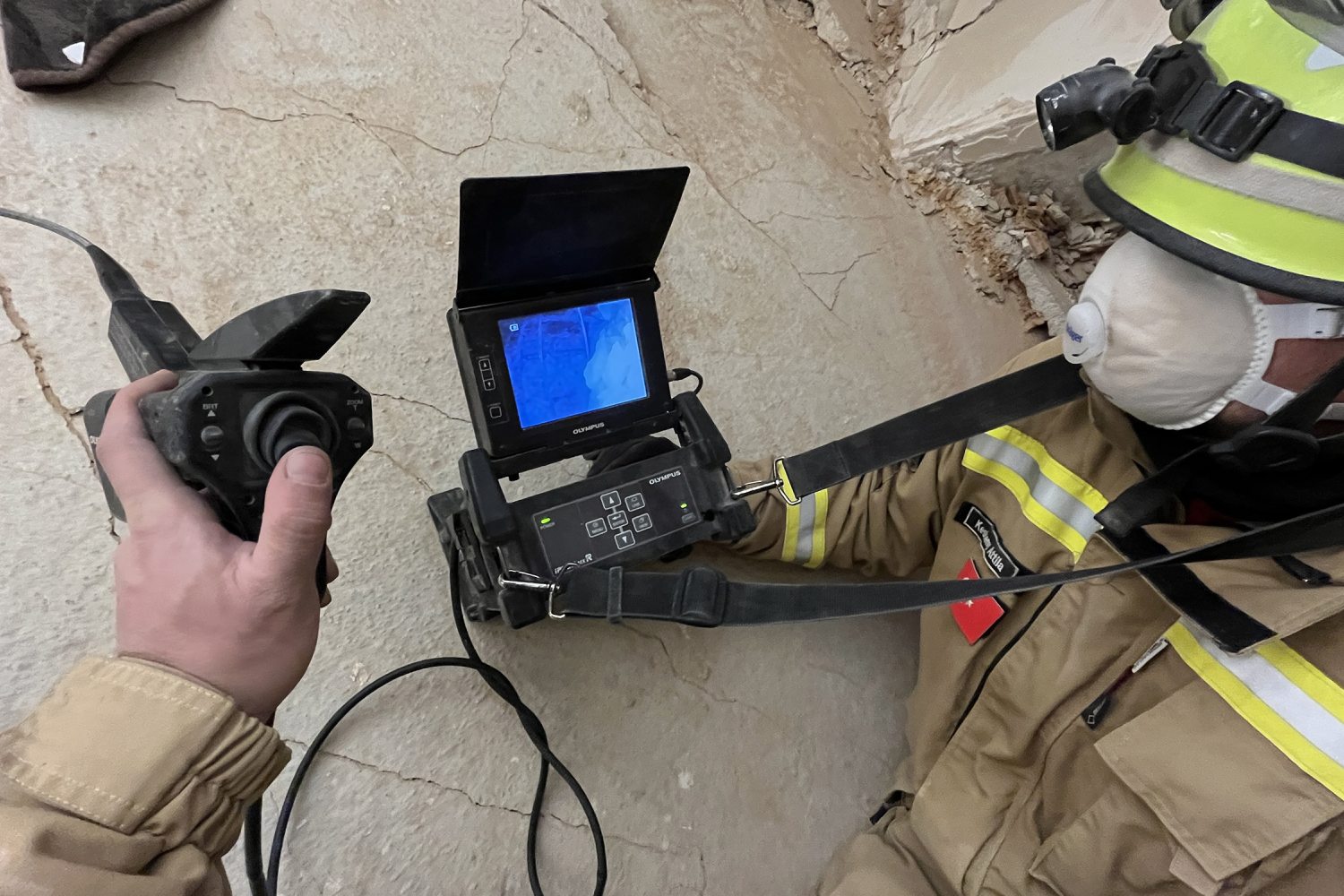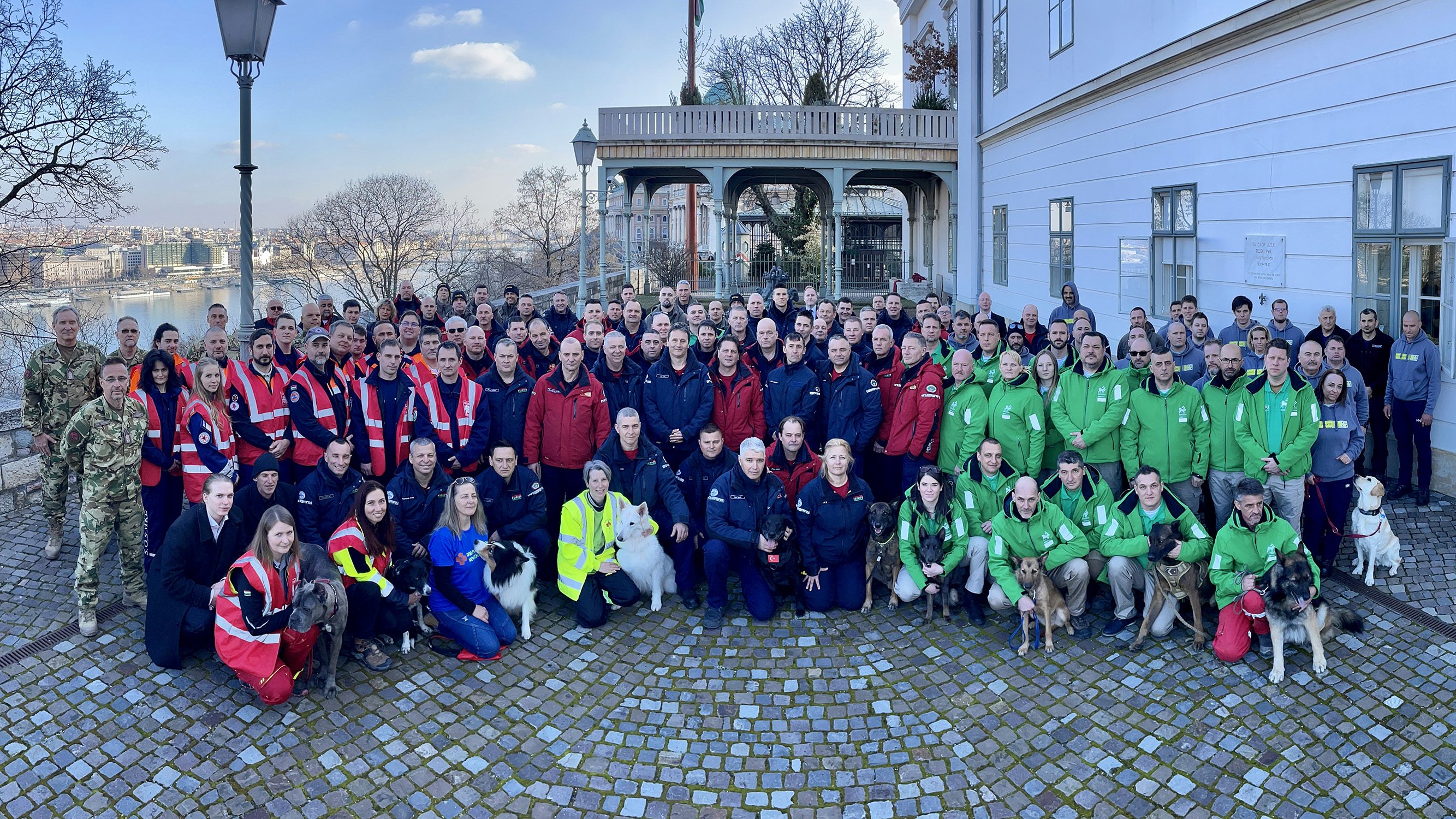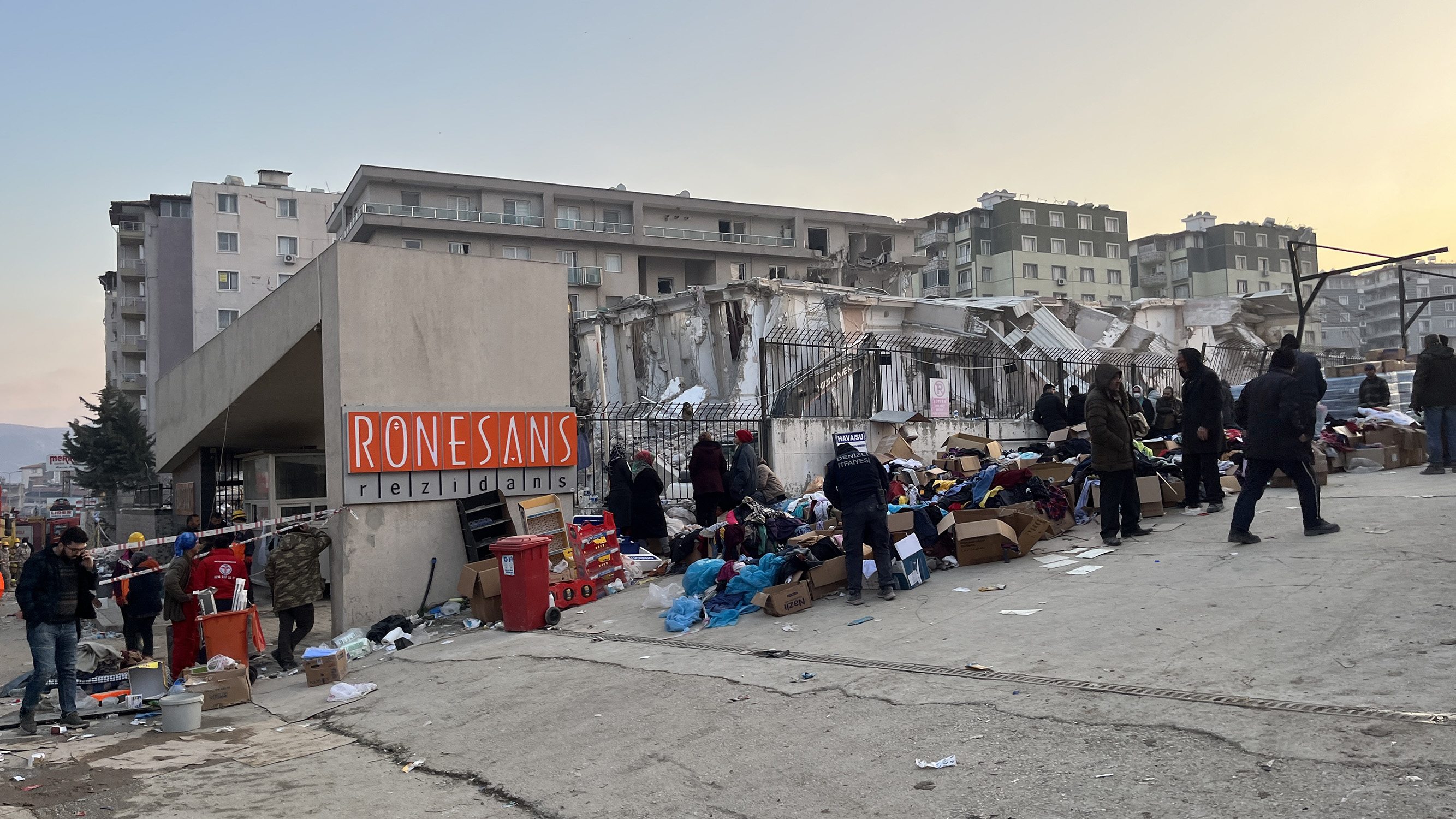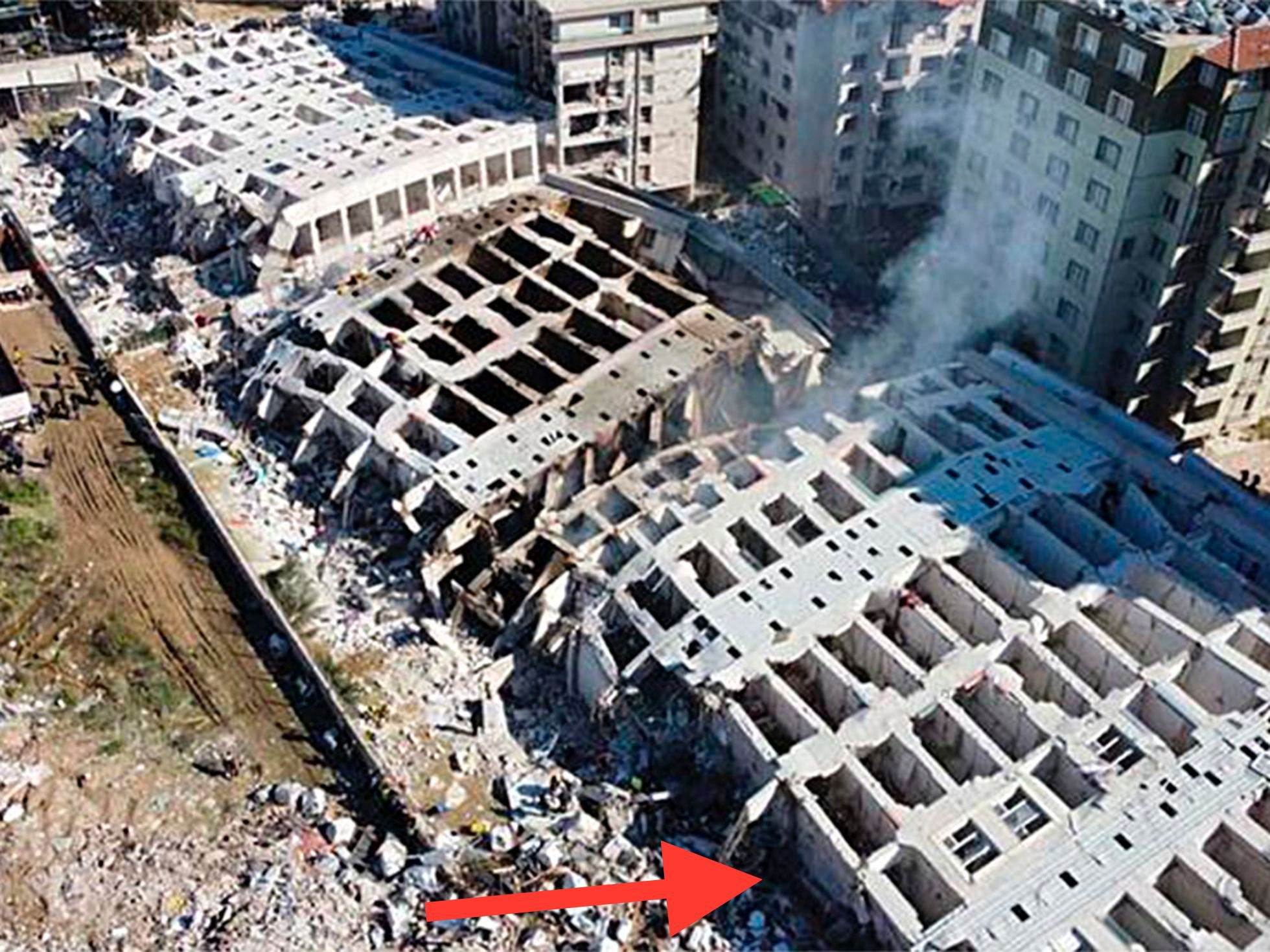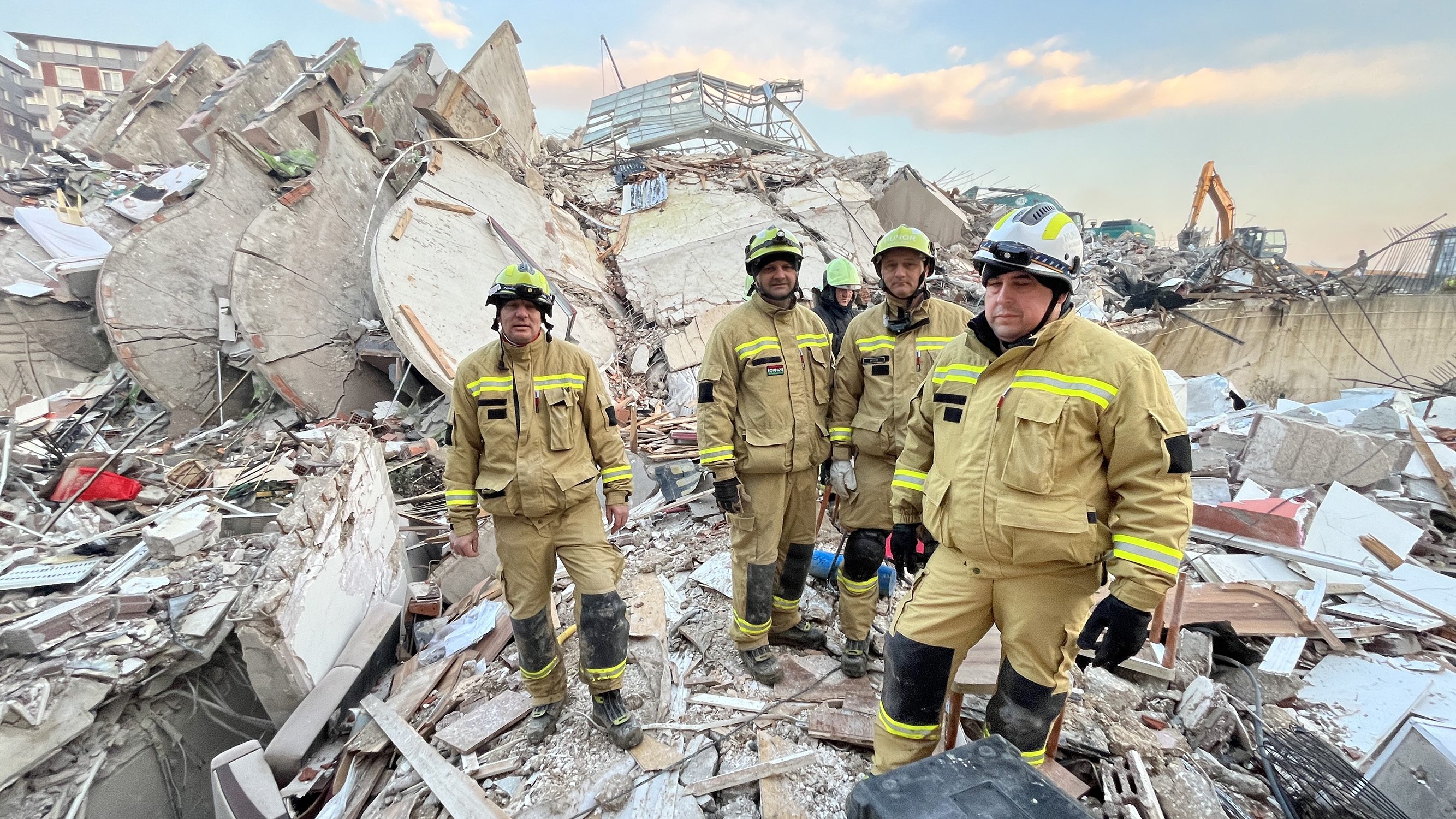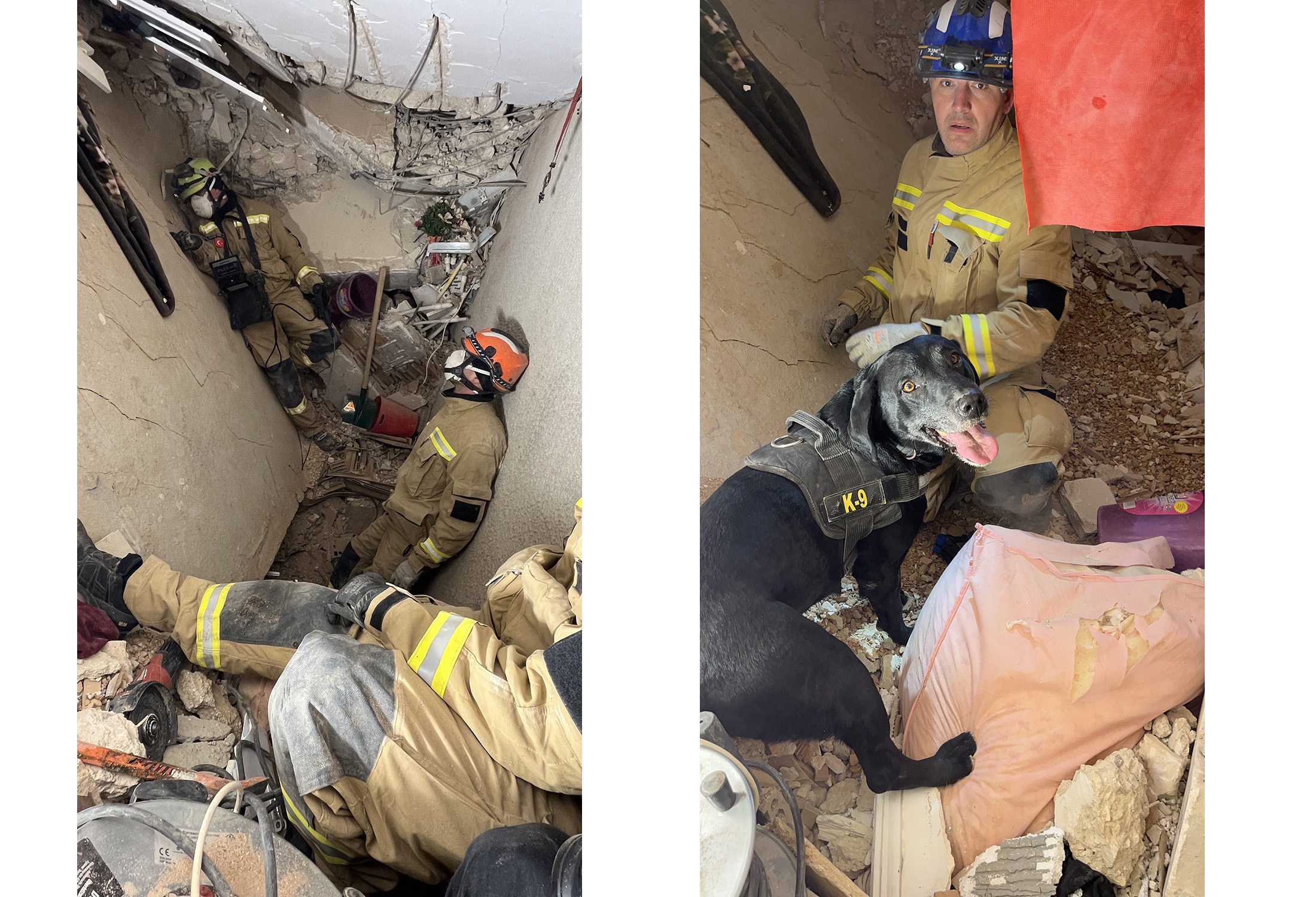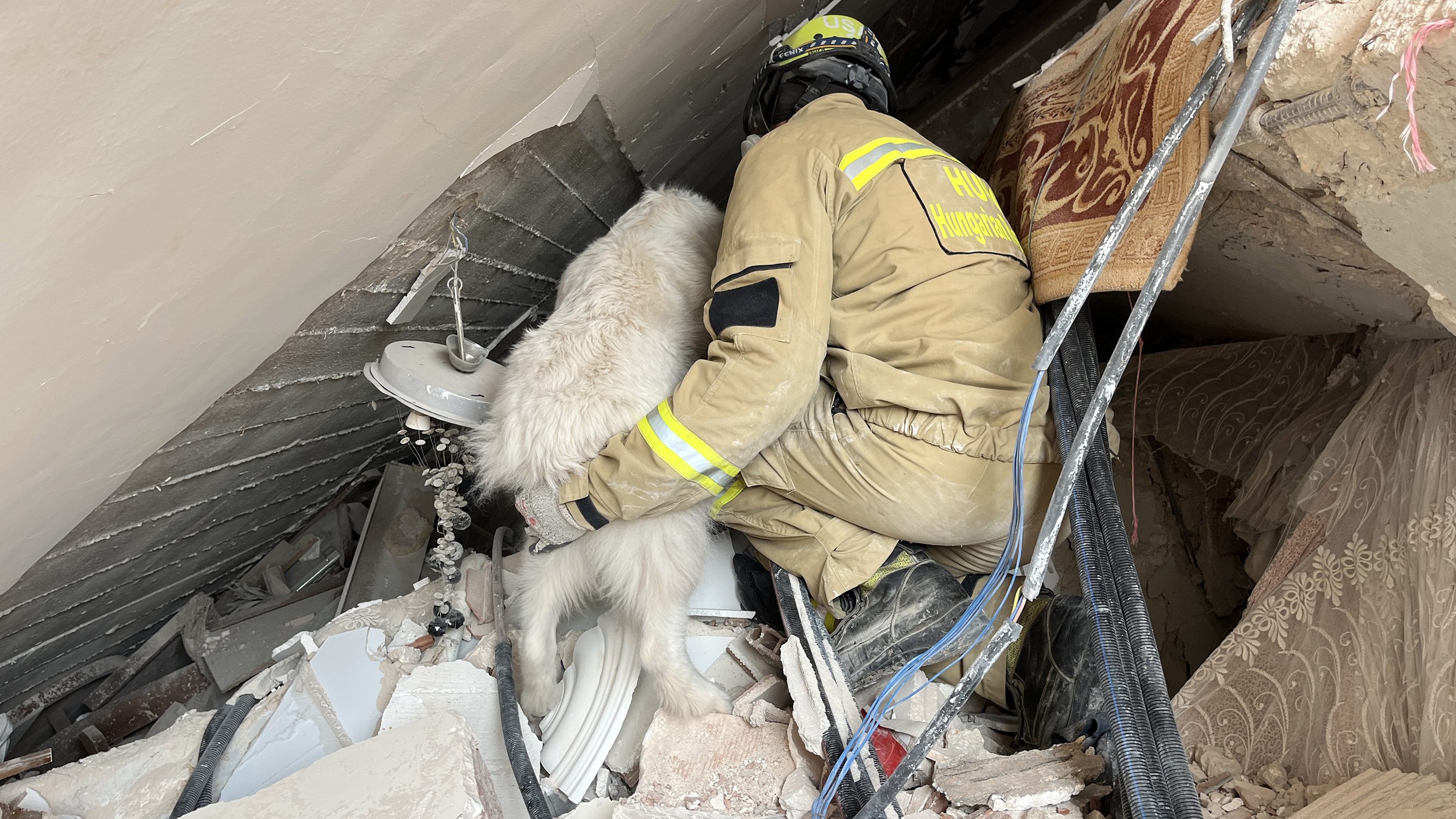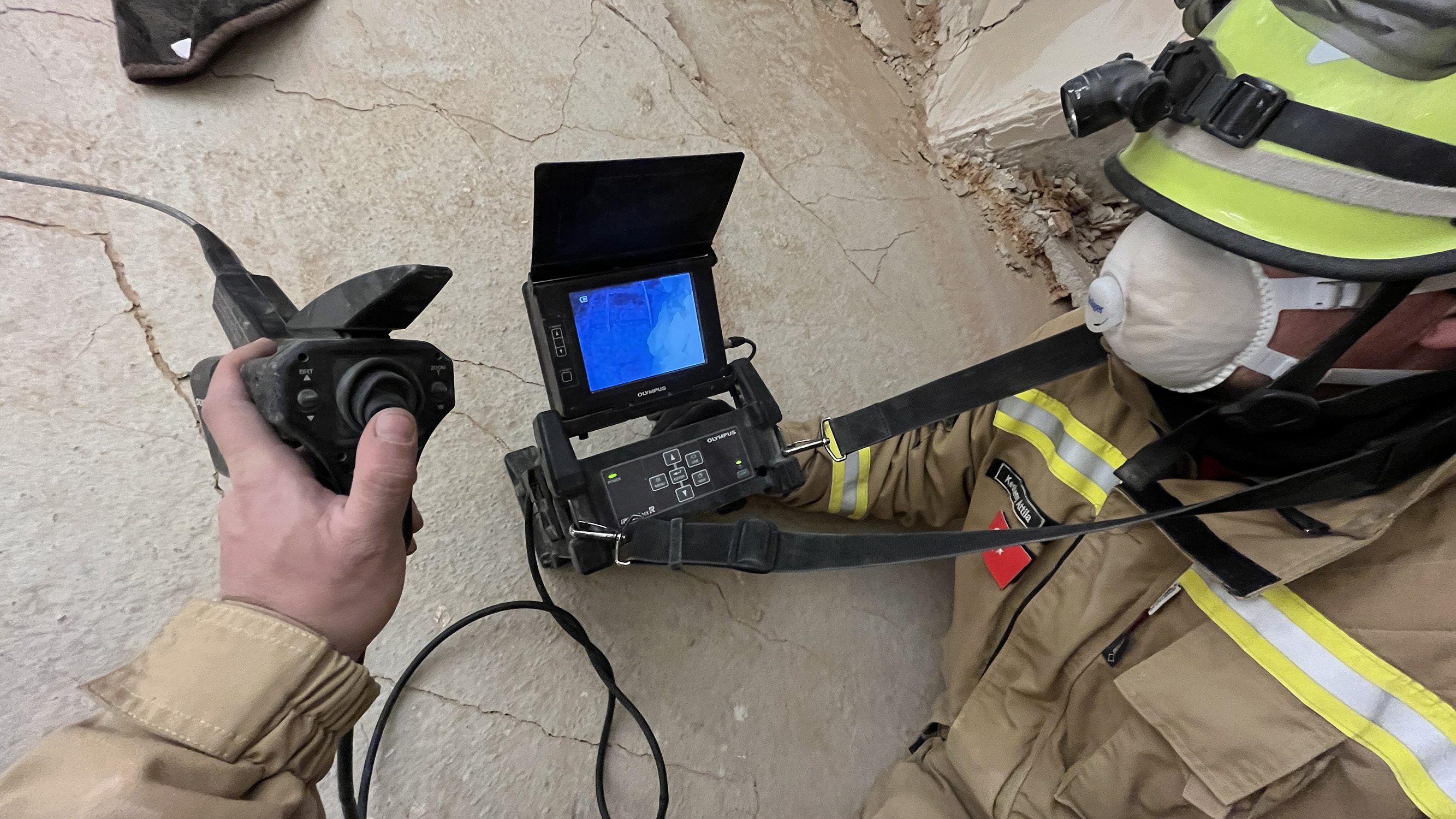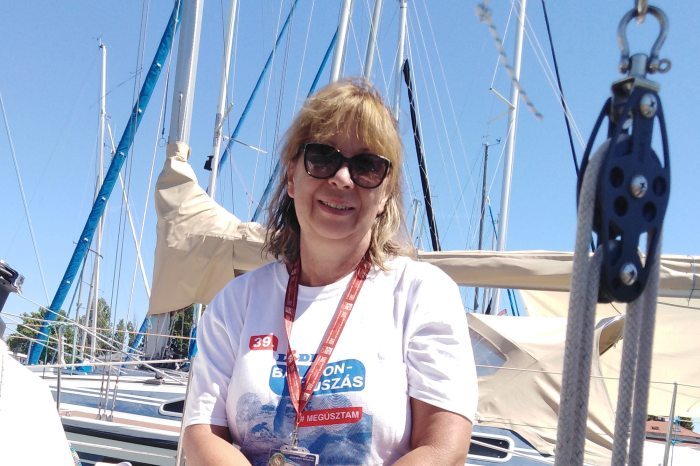Has been climbing since he was two and a half and has competed minus 29 degrees – our junior world champion ice climber, Ernő Róbert Seregi

Nineteen years old, he climbs an ice wall in 14 seconds with a pickaxe and crampons. A few weeks ago, Ernő Róbert Seregi from Miskolc became the world junior ice-climbing champion in Oulu, Finland – a feat never before achieved in the history of the sport in Hungary. Ernő has been climbing rocks since he was two and a half years old, and he says that after competing in ice climbing competitions, he now wants to get back to nature and the rocks. He is currently studying in Chambéry, France, and we video chatted online during a break between classes in the courtyard of his university campus in the foothills of the Alps.
You grew up in Miskolc, where you graduated from high school, but now you go to college.
Yes, I'm currently living in France, I'm a first-year student at university, studying applied linguistics in commerce in English and French.
Let's go back in time: how does someone become an ice climber in Hungary?
There is a surprisingly long tradition of ice climbing in Hungary: ice climbing competitions were organized as early as the 1990s, they were very basic but then grew into national and then international cups. I basically grew up on the rock wall in Felsőhámor, I lived next to it in Alsóhámor. Both of my parents were climbers, they still climb to this day, and they got me started in rock climbing when I was very young.
How old were you when you first started climbing?
Something like two and a half. Later on, I tried many other sports and hobbies, and around 2018 I found my way back to climbing when I started to train more seriously again and started competing in the Hungarian Cup. Later, my father thought I was mature enough to be introduced to mountaineering, and mountain climbing, so I started ice climbing. First, we went to Slovakia, to the High Tatras, where I spent a lot of time learning the technique. In February 2021 there was a World Cup in Russia, where very few people participated, as no one could travel in the middle of the Covid. My federation, the Hungarian Mountaineering, and Sport Climbing Federation was approached by the National Federation – which brings together the competitions and all the clubs involved in ice climbing – to enter a Hungarian competitor, as the last time a Hungarian athlete had competed in international competitions was in the early 2000s. One of the old climbers from Miskolc, who worked for the federation, asked me if I would be interested in competing.
And I love travelling and seeing the world, and when this opportunity came up, I'd been stuck in my room for four months because of the epidemic, so I said yes straight away.
In Russia, by some miracle, I made it to the semi-finals and spent eight wonderful days in Kirov. I had an amazing experience! There I decided that if for no other reason than to be able to travel, I wanted to continue. Then, of course, I fell in love with the sport itself.
At the end of February, you became the world junior champion in Finland, winning gold in speed climbing and silver in aid climbing. Which one is closer to you?
We must make a difference between the two branches of this sport, even though they have much in common. Speed climbing takes place on a 10-15 meters long path on an ice wall. At the start, there is a small mat, which, if you leave and no longer touch it, your time is measured from there. The time is completed when you touch a button placed at the top or hit it with a pickaxe. In the case of aid climbing, the moves are difficult because the wall usually bends at multiple angles. We like to say it's often like climbing on a ceiling. Here you climb on artificial holds, made of metal, stone, or plastic, using picks and crampons. We can use techniques that would not be possible on a normal wall or rock. For example, we wrap our legs around our arms so we don't have to hang in the air. Given a choice, aid climbing is closer to my heart. I'm basically a rock climber, I would never trade days spent in nature for, say, a race day. Speed climbing for me is just for fun really, I don't have the opportunity to train for it seriously.
You came first in speed climbing. You completed the course in 14:47, is that 14 minutes 47 seconds?
No, it's 14 seconds, 47 hundredths of a second, I made 10-12 meters in that time.
I did not expect a gold medal, I was surprised that it turned out like this. It's like a 100m flat race, but vertical. You have a starting point and a finish point, you start from the ground and you have to touch the top. You're tied up with ropes, so you're covered in case you fall off the road, which happens because the ice breaks. But this way you don't fall to the ground, you're held by the rope, which is held by someone on the other side. Aid climbing is longer, it's on a time limit. You get points based on the time limit, depending on how many holds you touch and how many belay points you hook, as you carry the rope with you. In the final, you were given seven minutes to complete the route.
How much of a challenge was the cold?
I am not used to this kind of dry cold. The coldest morning in Oulu was minus 19 degrees, but I've raced in minus 29 degrees in Russia. It's hard, you really have to warm up, but this year I've managed to develop a warm-up plan that works. Most of it consists of running and cardiovascular exercises to warm up the body. If you can maintain that internal body temperature, you should be fine.
What does your training program contain?
I train for rock and sport climbing. I trained at a local climbing gym six days a week in the afternoons before competitions. During these days I do a lot of strengthening: pull-ups, chest, biceps and back. What's very interesting is finger strength, because you can have strength in your finger. We're hanging on smaller and smaller ledges, even with one arm, and to hold yourself up against a leaning wall, for example, you need a lot of core strength. Cardio is also very important because, like most sports, it requires good cardio.
I cycle a lot, ever since I moved to France I only cycle and walk. I cycle ten kilometers almost every day.
You mentioned that we have a long tradition of ice climbing. Are there professional ice climbers who can make a living out of it?
I don't think there's anyone in the world who can make a living at it, or rather I know only a few people who can. In Hungary, climbing is a difficult livelihood, everyone has another job. There are sponsors, but it's not easy. I do it for fun, I only get support for my travels, and I can compete with the help of the Hungarian Mountaineering and Sport Climbing Federation. We have professional climbers, for example, József Himer (president of the Hámori Rock and Ice Climbing Sports Association - editor), who was a regular guest at the World Ice Climbing Championships for a very long time. Many people have reached a serious level of ice climbing and the level is constantly rising as better techniques and equipment are developed and more and more new locations are discovered. That said, being able to win competitions in Slovakia or in the region in the 80s and 90s is the same achievement as my gold or silver, if not more.
What does the junior world champion title mean to you?
I am not a performance-oriented person. I'm much happier if I climb in a way that I can appreciate. For the first time in my life, I am probably satisfied with the way I climbed. Having said that, it feels really good to win the gold and silver medals, and the overall silver medal is also great. There hasn't been much like it in the country in the U21 age group. Standing on the podium is a great experience, I've never felt anything like it!
You weren't the only Hungarian there ...
For the first time, there were three of us, I was with two boys from Budapest. They are brothers, Bence Regő Karminás and Zsombor Mór Karminás. We discovered them at a national competition last year and I had known the family for a long time. I would so much like them to get more opportunities, they are very, very skillful, have endless talent, and are extremely dedicated.
Thanks to them, I finally didn't feel alone in the race – this team was the biggest achievement of this season!
If a child or a young person wants to try ice climbing, how should they start?
As far as I know, the only place where ice climbing and one of its disciplines, drytooling, can be practiced with a permit is on the Hámori-Rock. You have to start with rock climbing, that's the basis of everything. First, you should go to the climbing gyms in Budapest, then you can go to a rock with experts. Many associations run winter alpine courses, and we are planning a competition in Miskolc at the beginning of May, where anyone can come.
Many people do not choose this sport because they are afraid of heights and accidents. Are you never afraid?
I didn’t seem to have developed it. If you put a two-year-old on a rock, he's probably not scared yet. I'm used to it, I've never been afraid of heights. I have a friend who's very scared of it, but I took him climbing and he told me that when he's on the rock he's not scared, he doesn't feel the height. You have a different focus and different instincts. If someone is very afraid and wants to overcome it, it's worth starting with climbing, it can be a good guiding sport. I am confident that it's a fear that can be overcome!
It's often thought by outsiders that it's very dangerous, that in the worst case, it could end in death, but what we do in competitions is not dangerous at all, there's no way that someone could fall or get seriously injured.
We are always belayed. I feel more at risk when I'm cycling than when I'm training or racing. I've seen injuries, but I've never had a serious one. If you follow the rules and know your limits, which can and should be pushed, but not dangerously, you can live a climbing life without getting hurt. I've been suffering a bit with my neck and shoulders lately, but we do a lot of stretching and mobility exercises, and we pay attention to recovery. Climbing is not without danger, but it's not infinitely dangerous.
Are you competing this year?
The international season is over, but I'll be back in Hungary in the spring, and I'm also planning to compete in France. For now, I want to put down the pickaxe and the crampons for a while, I want to get back on the rocks and back to nature.
For more information and programs visit the Facebook page of the Hungarian Mountaineering and Sport Climbing Federation.
